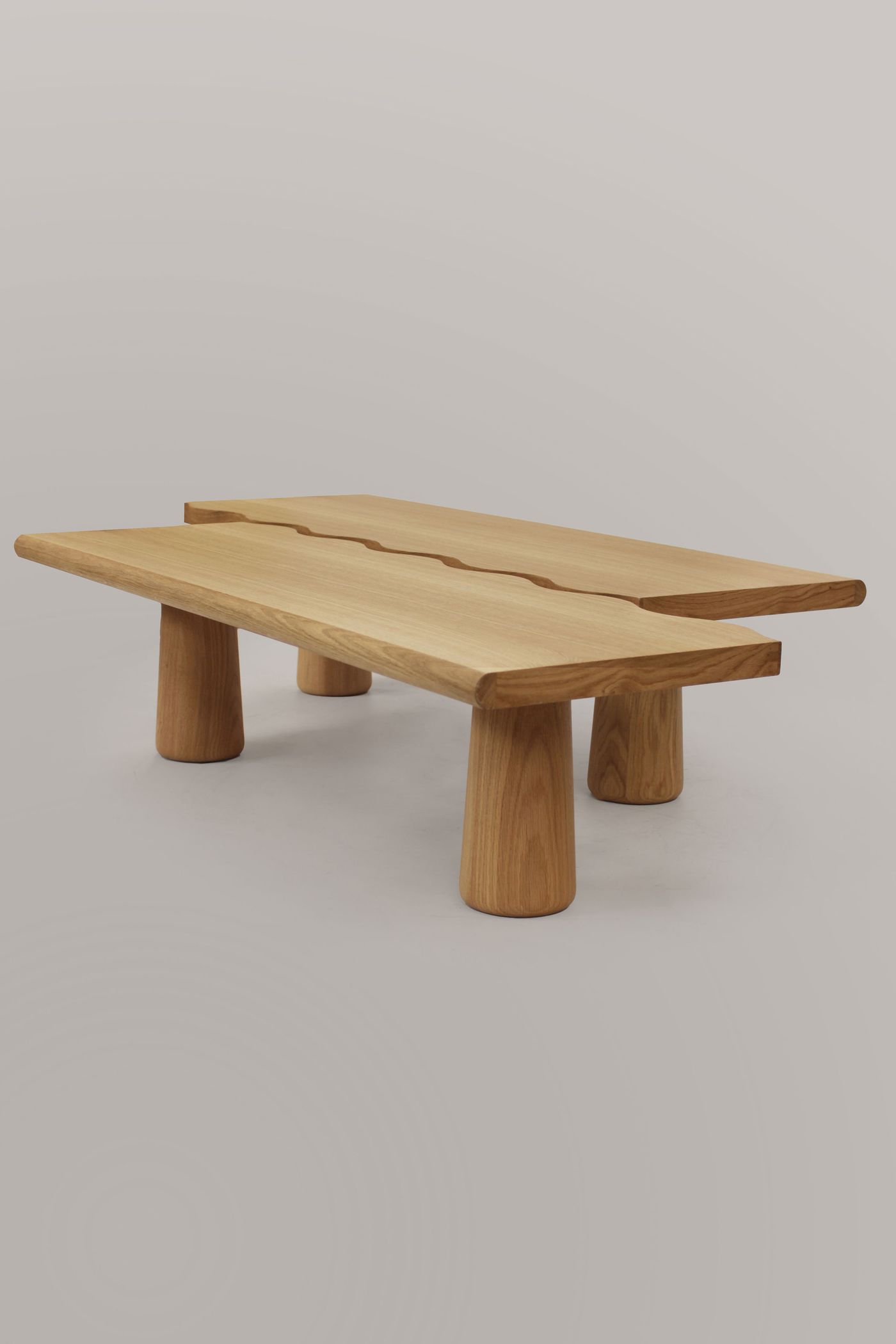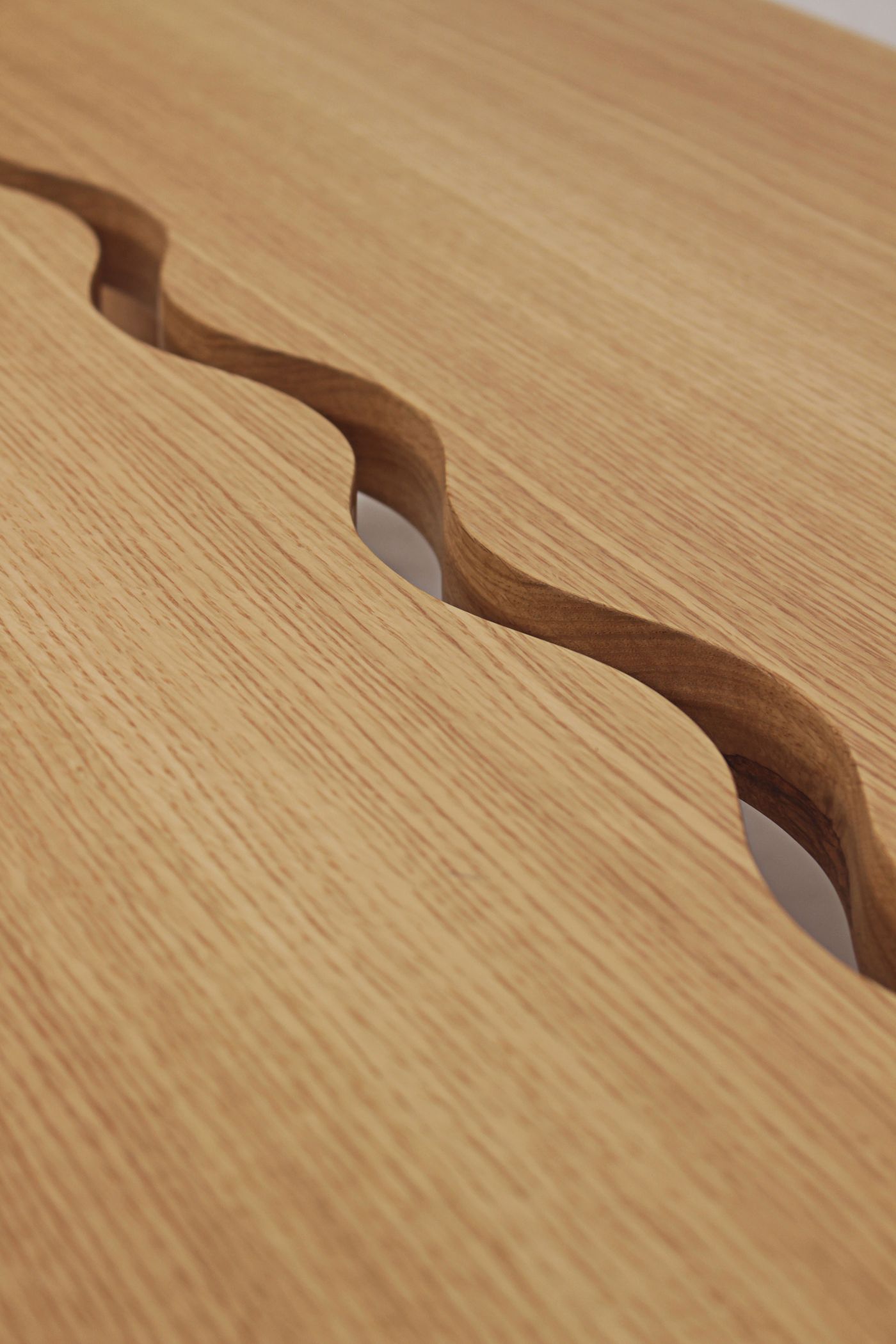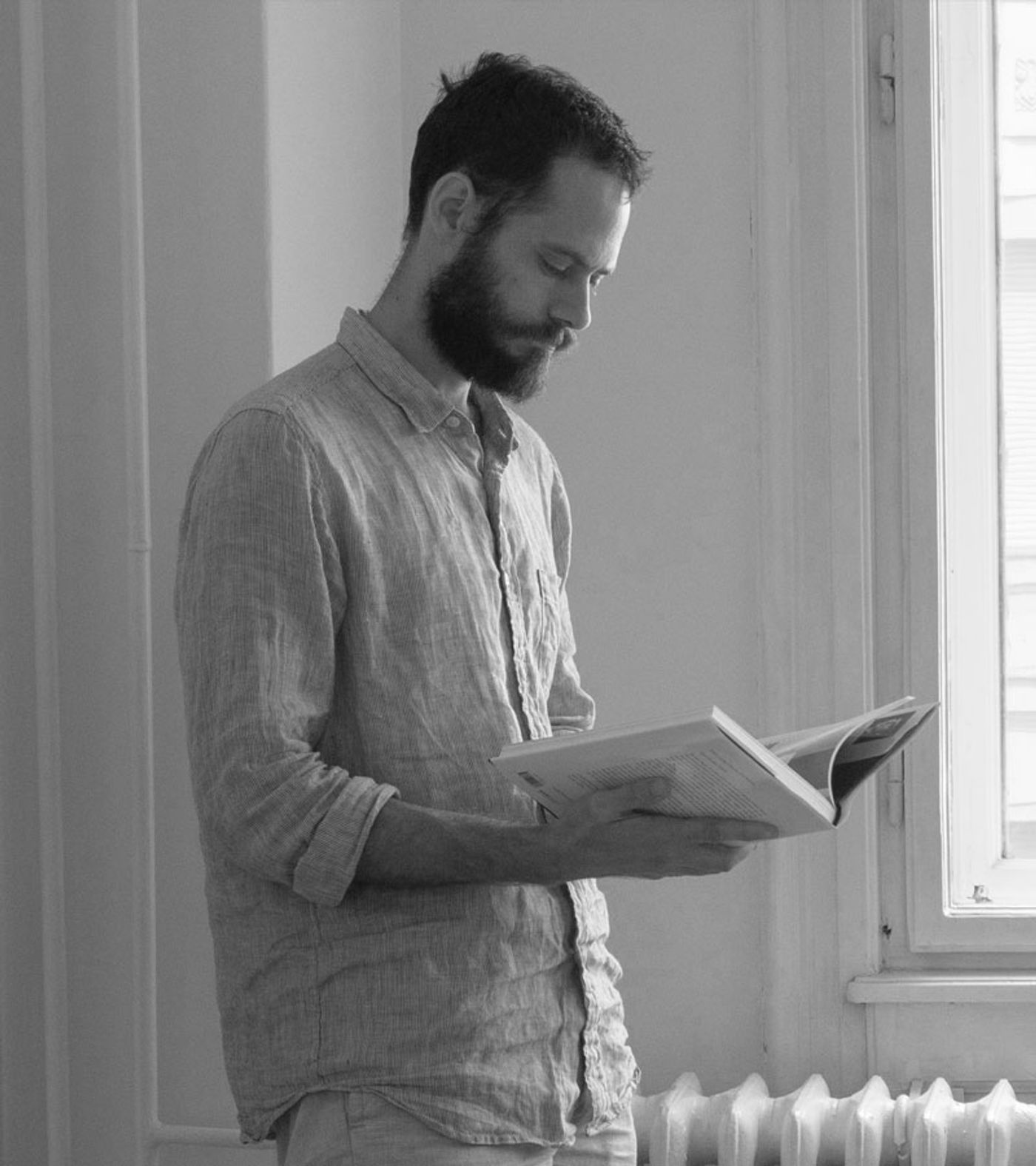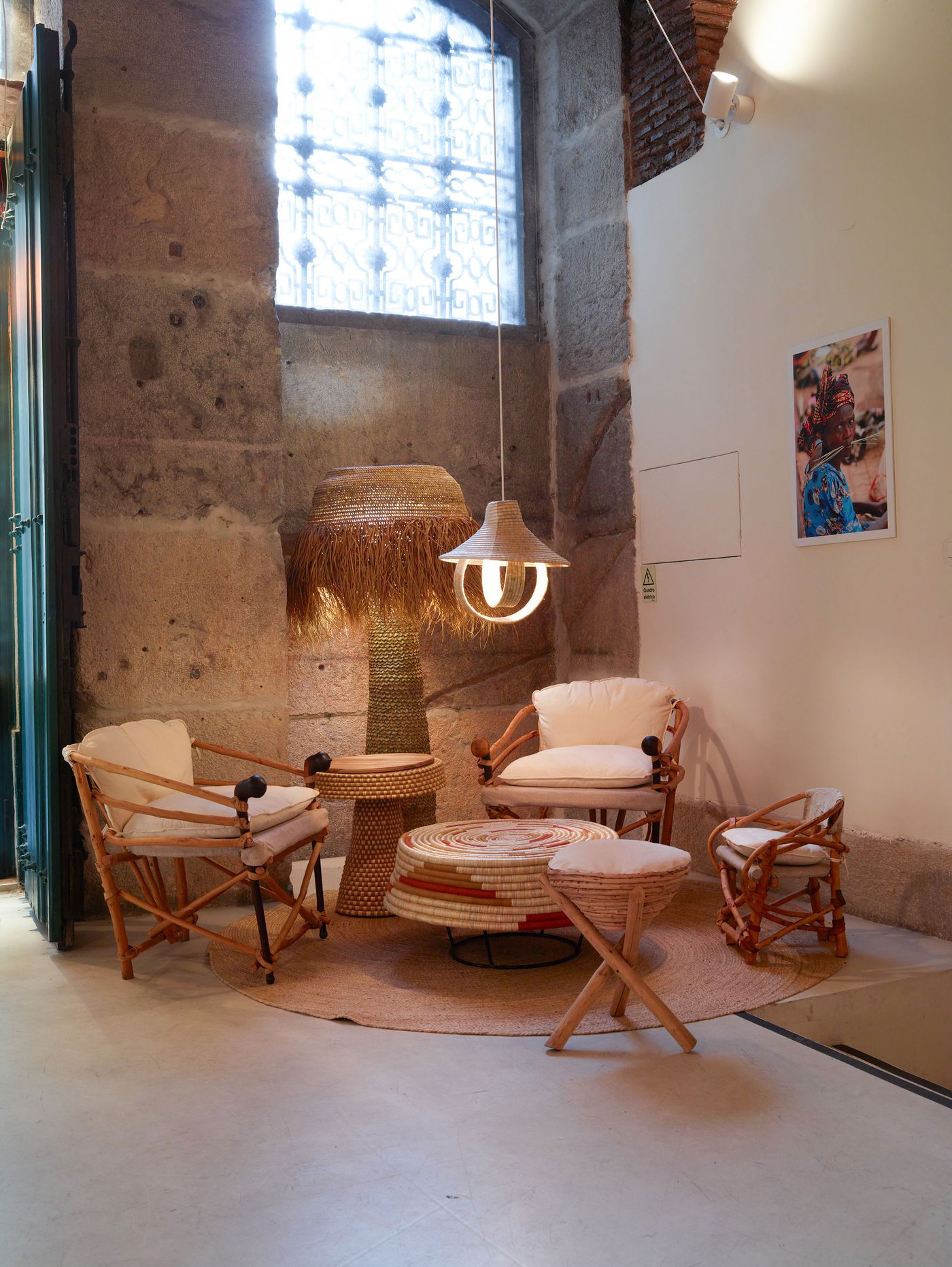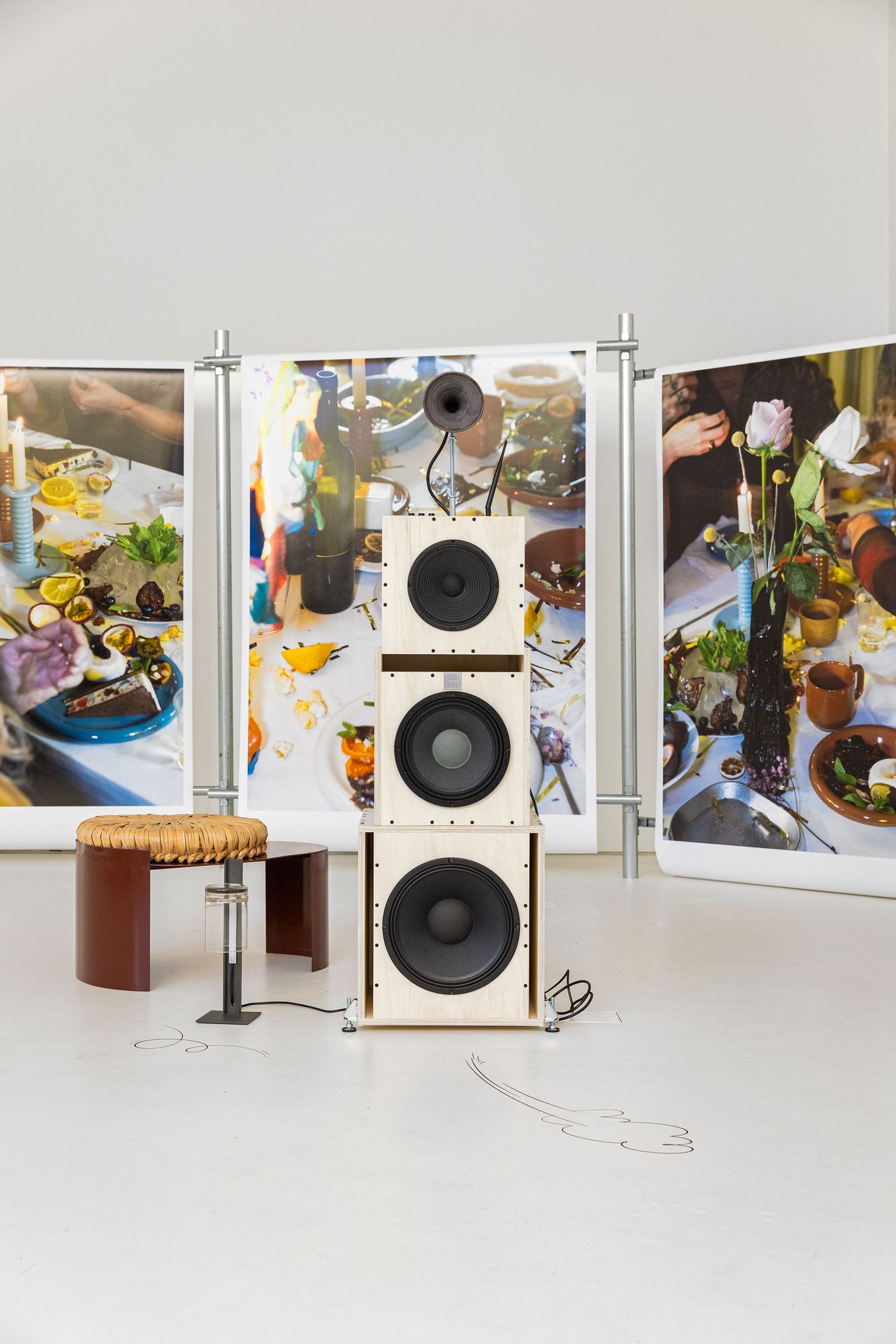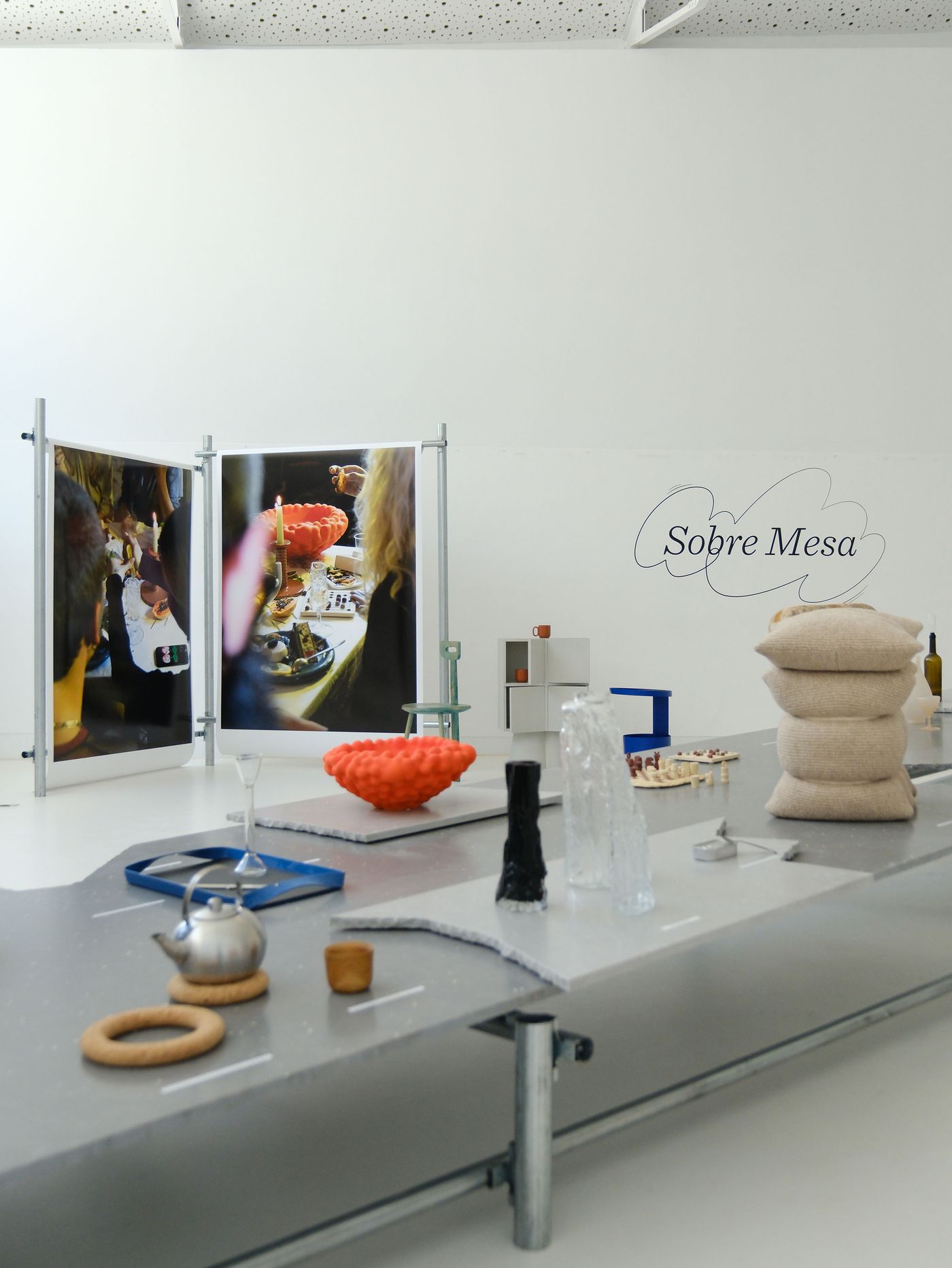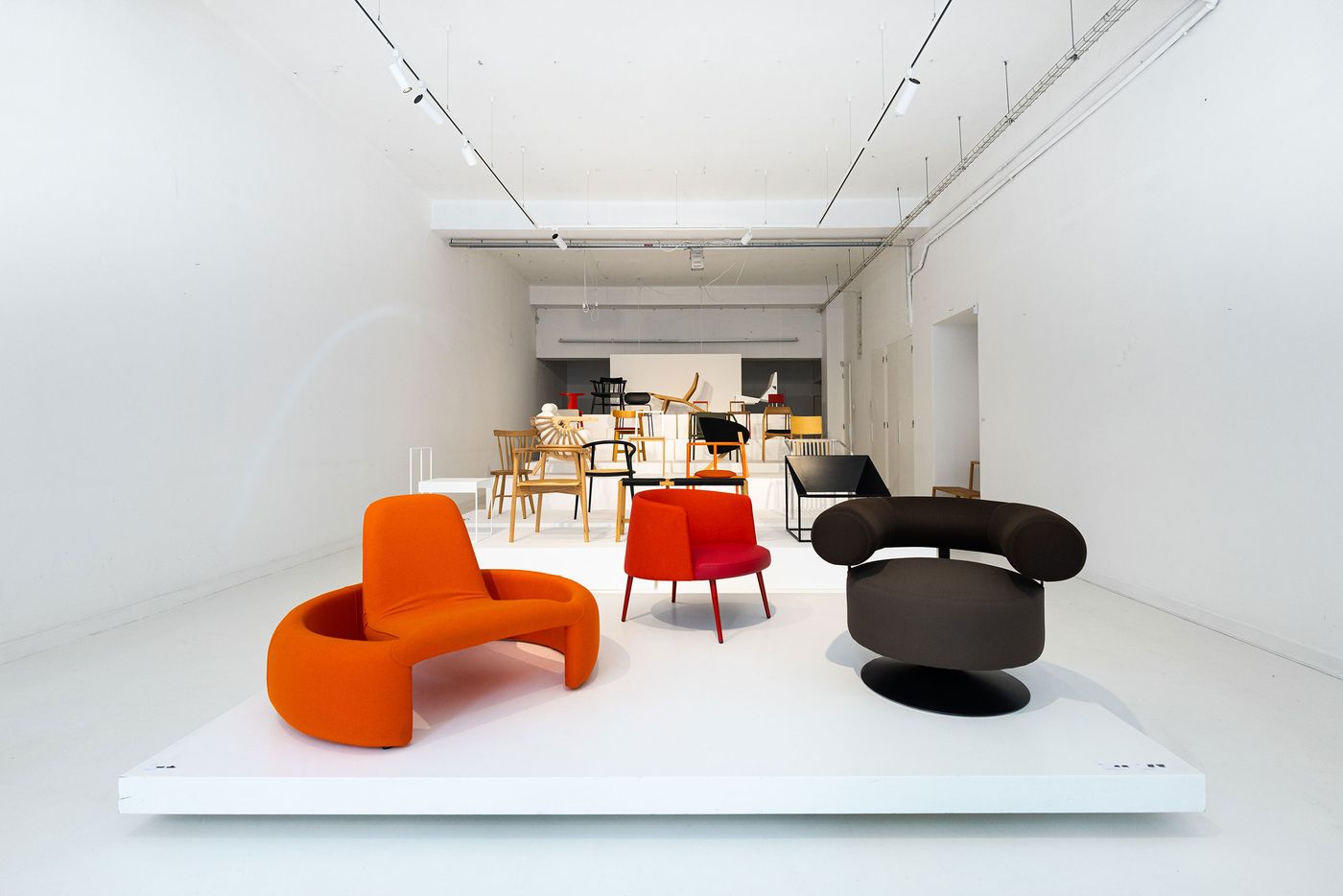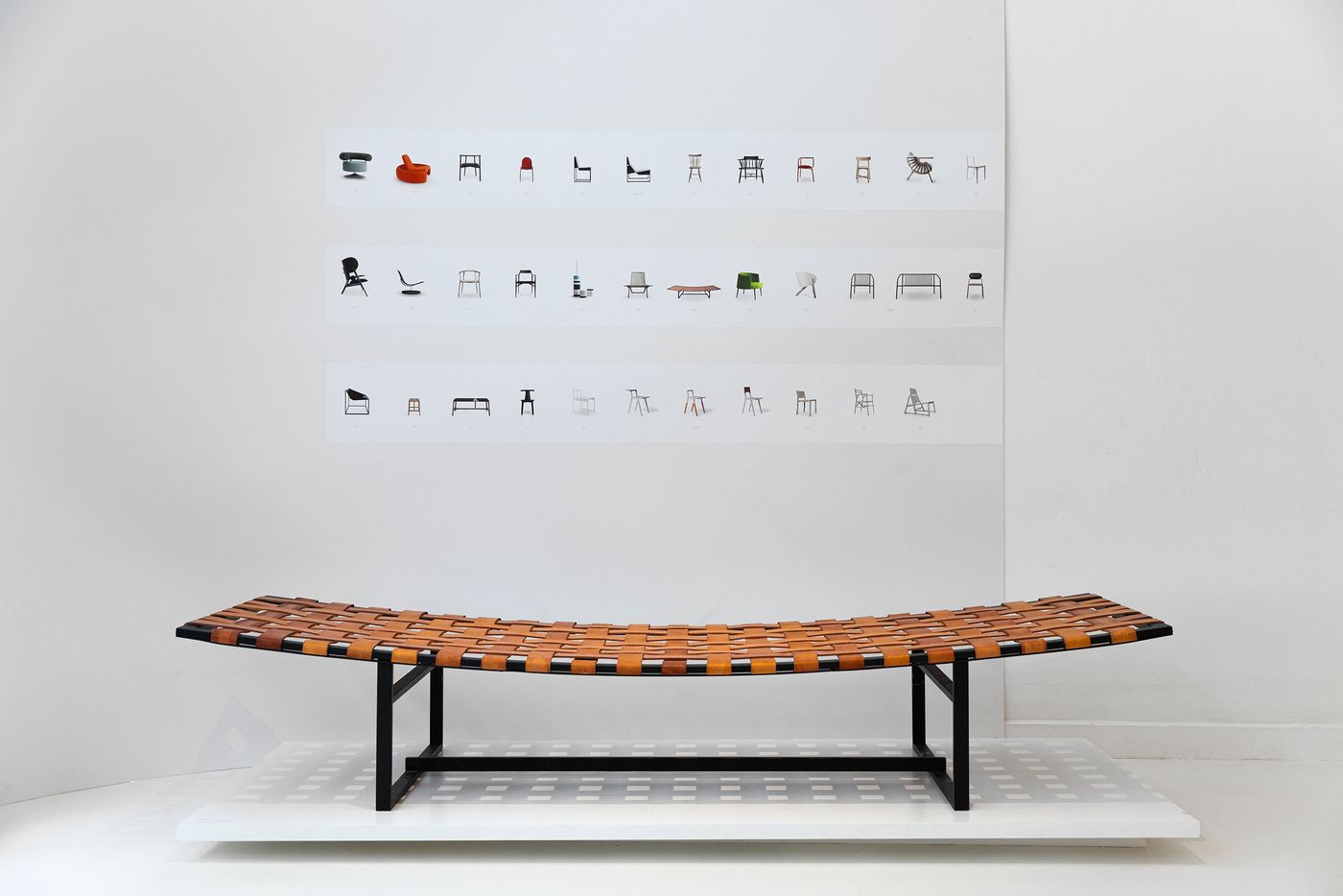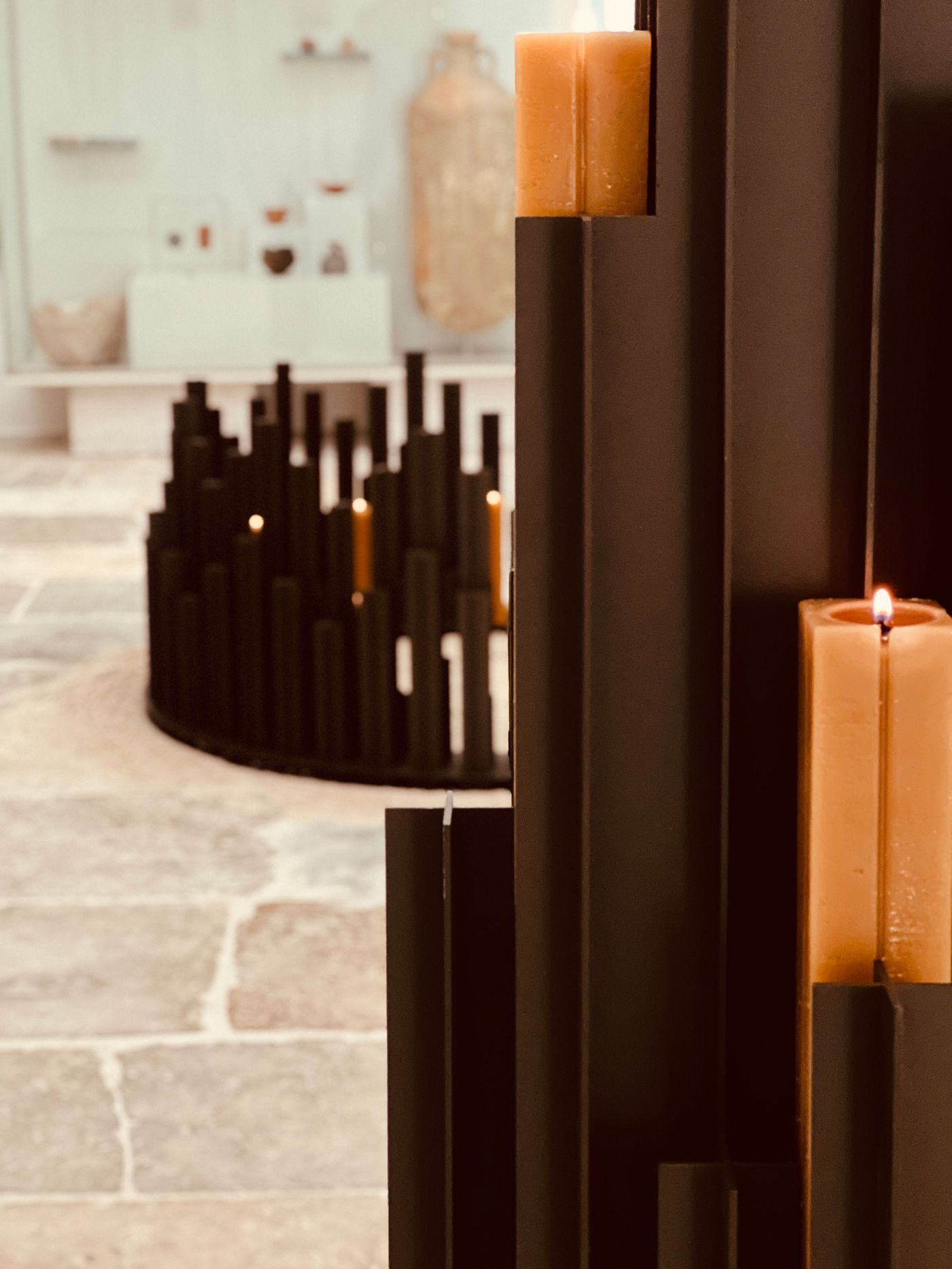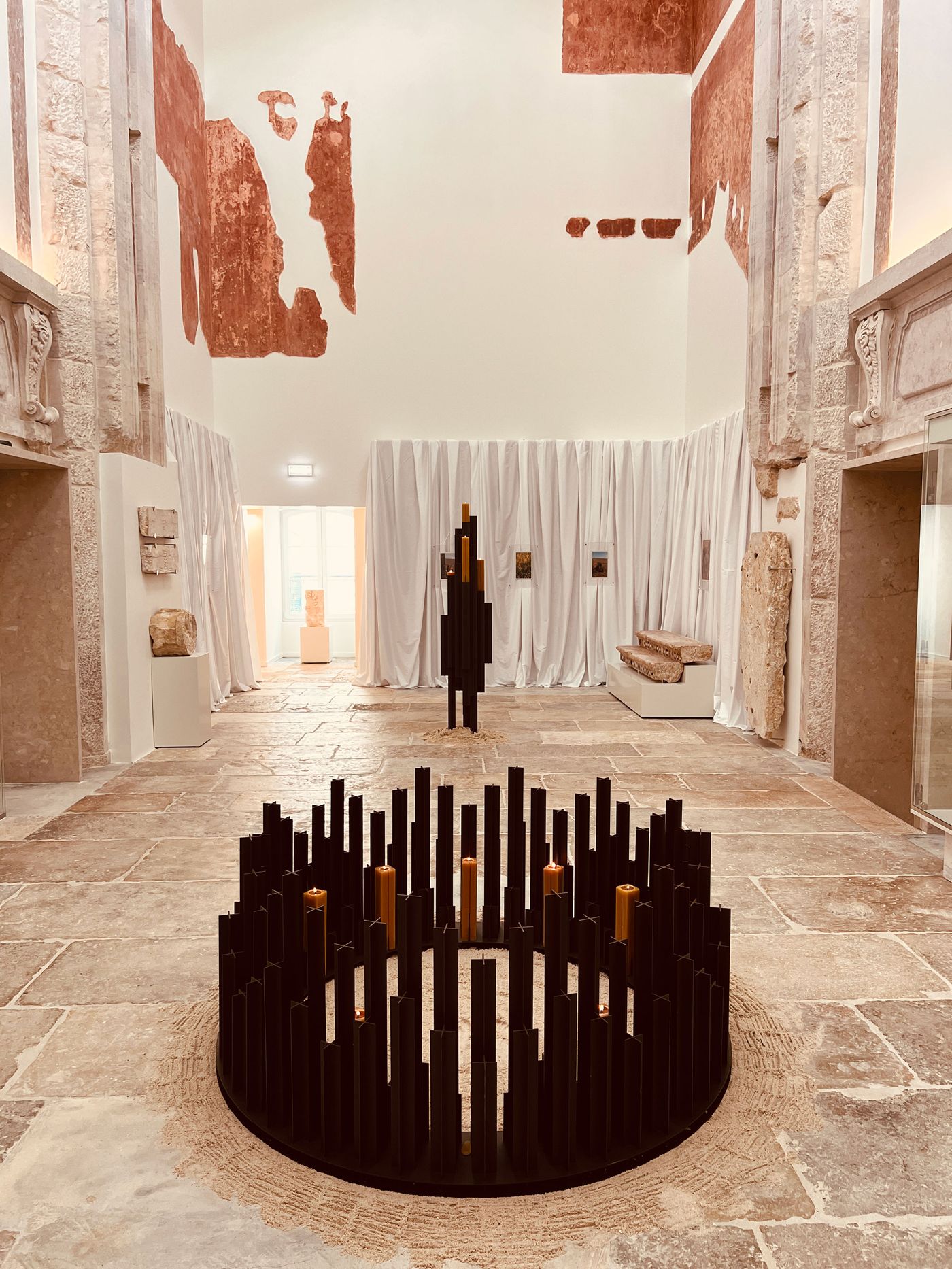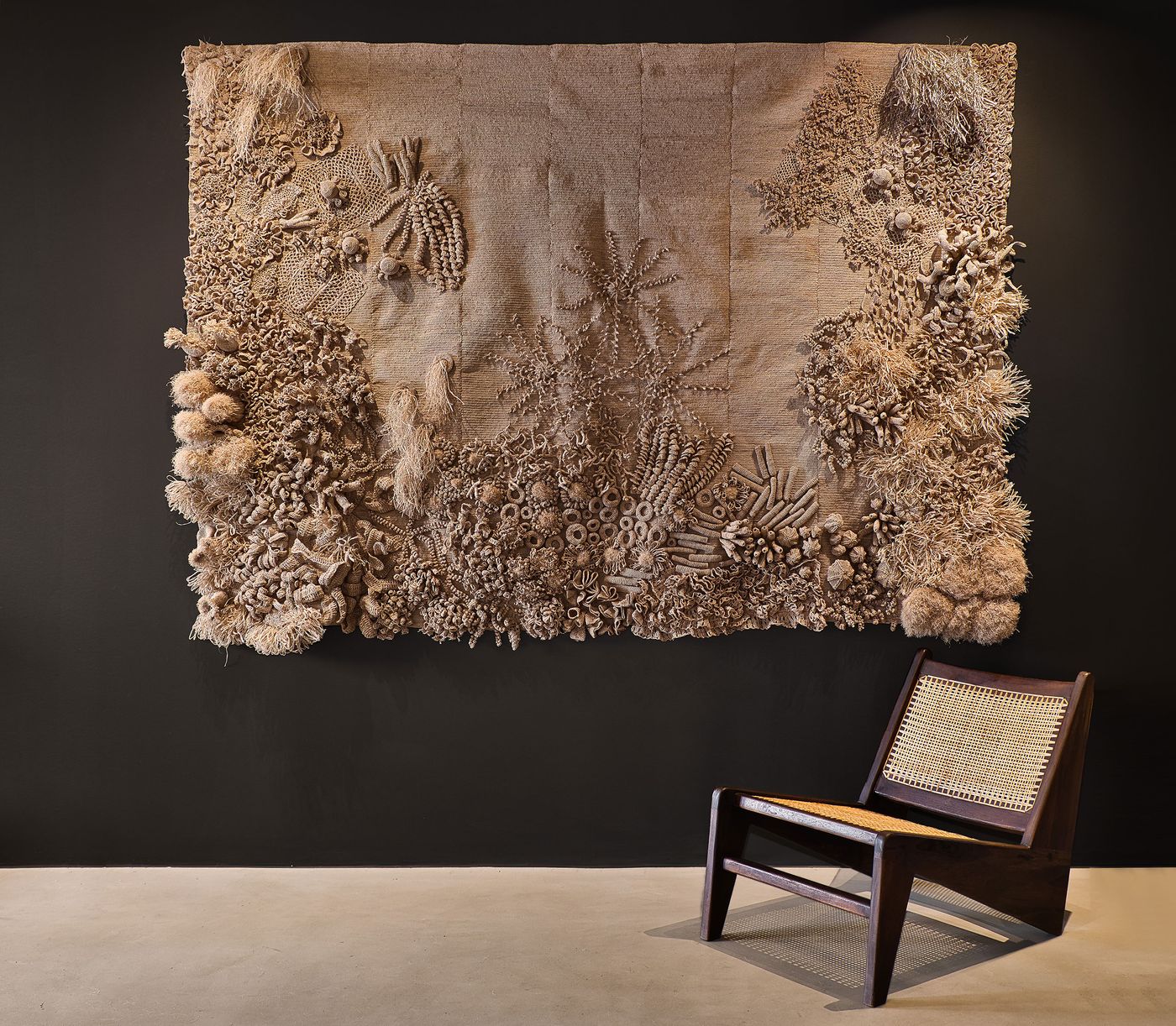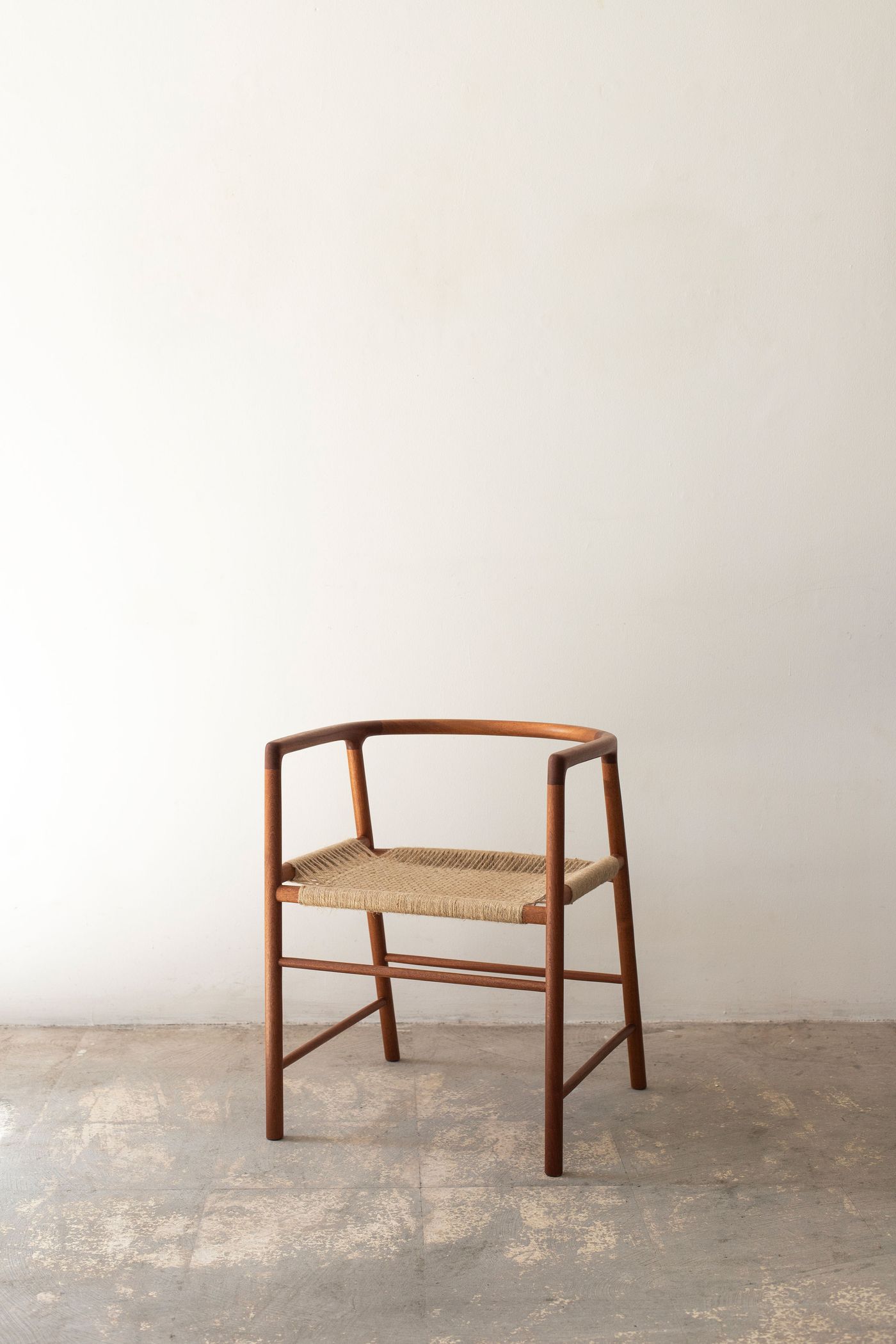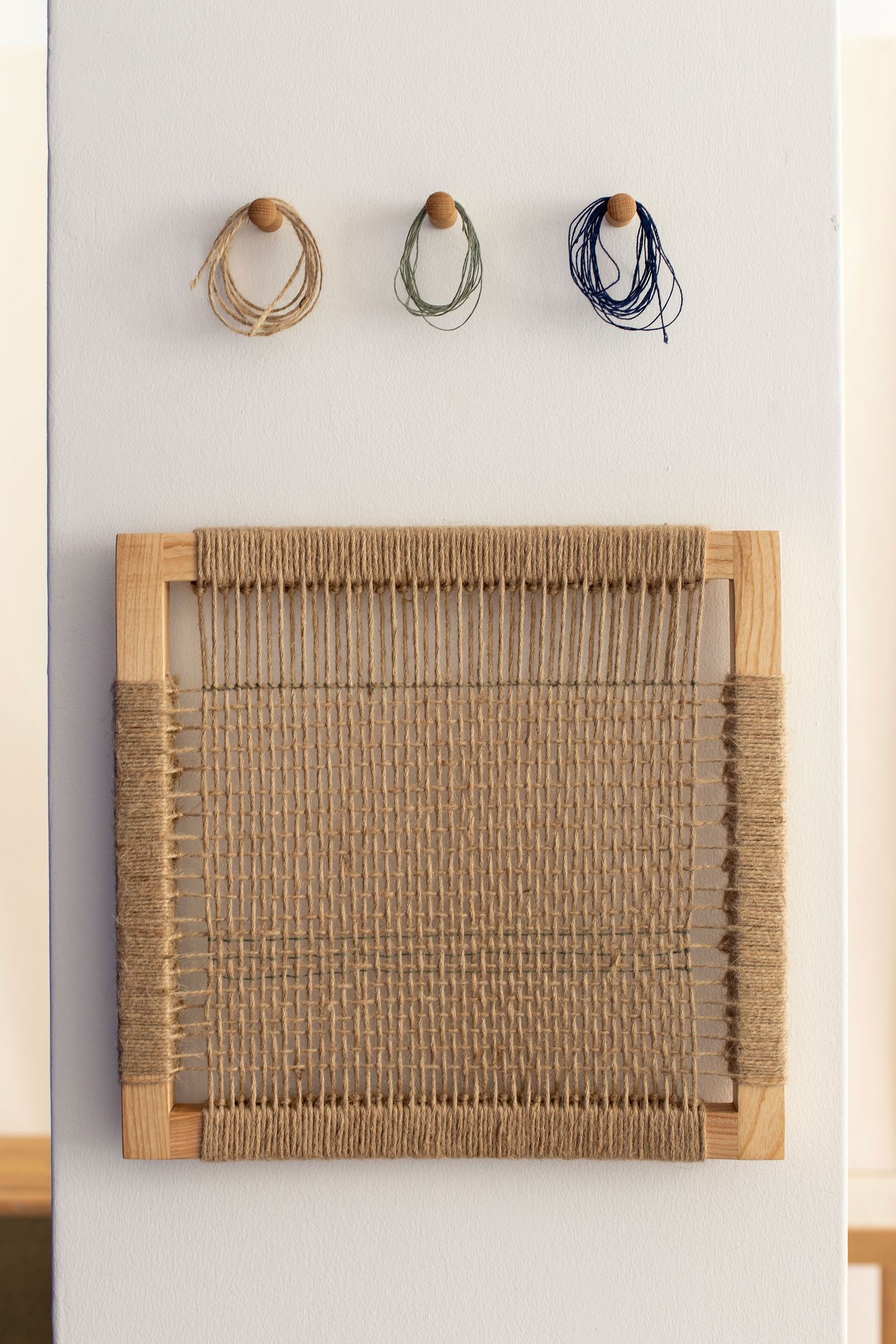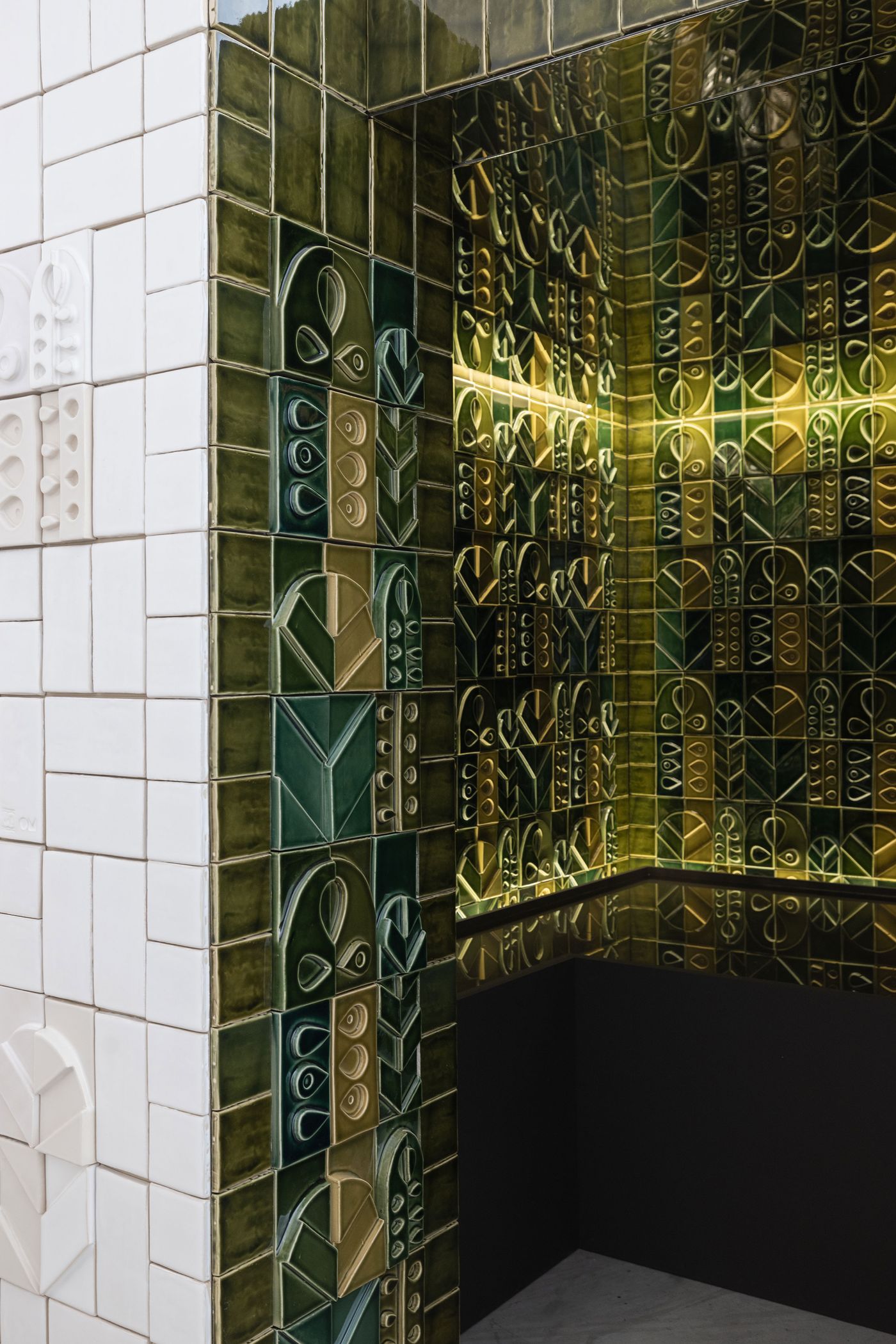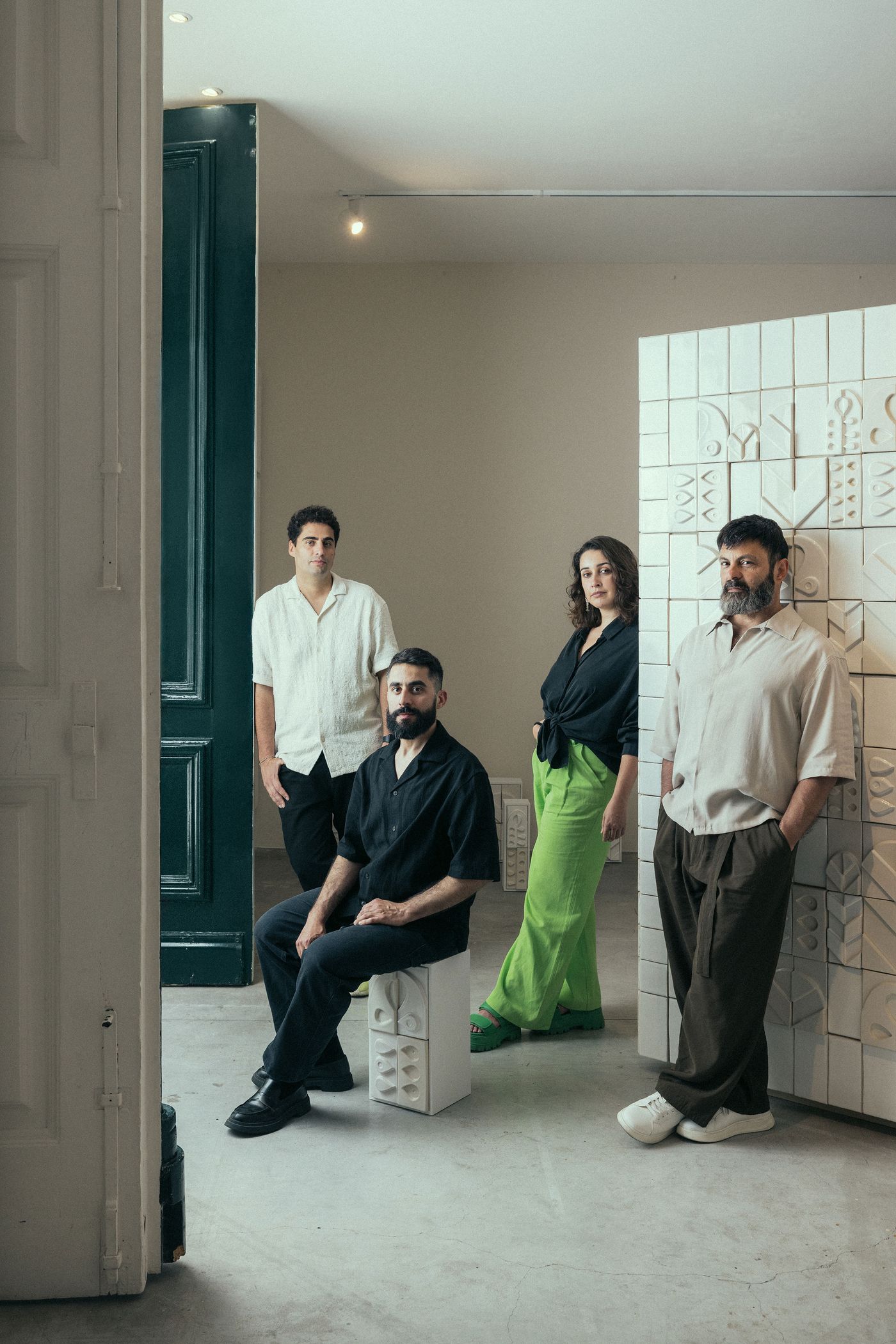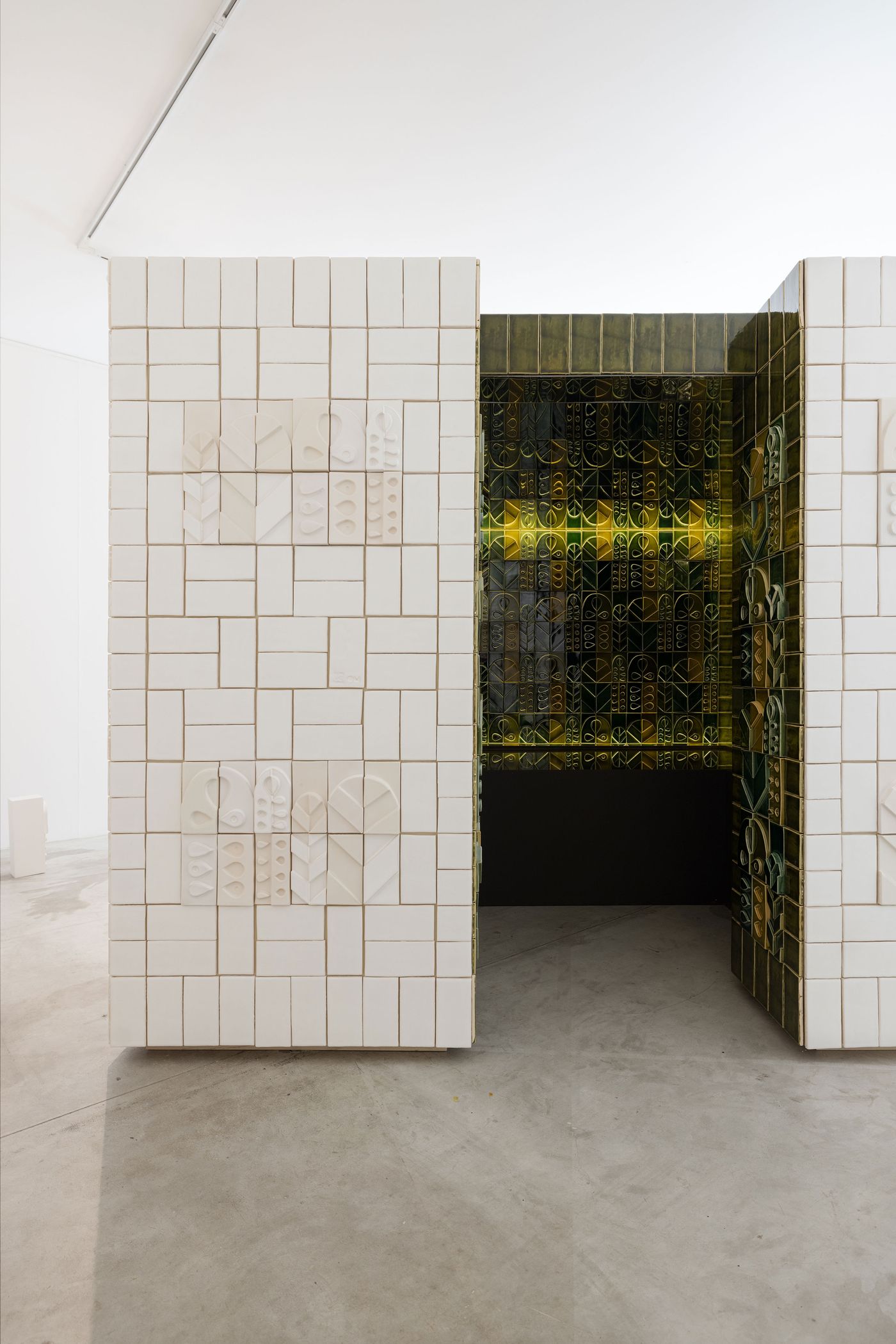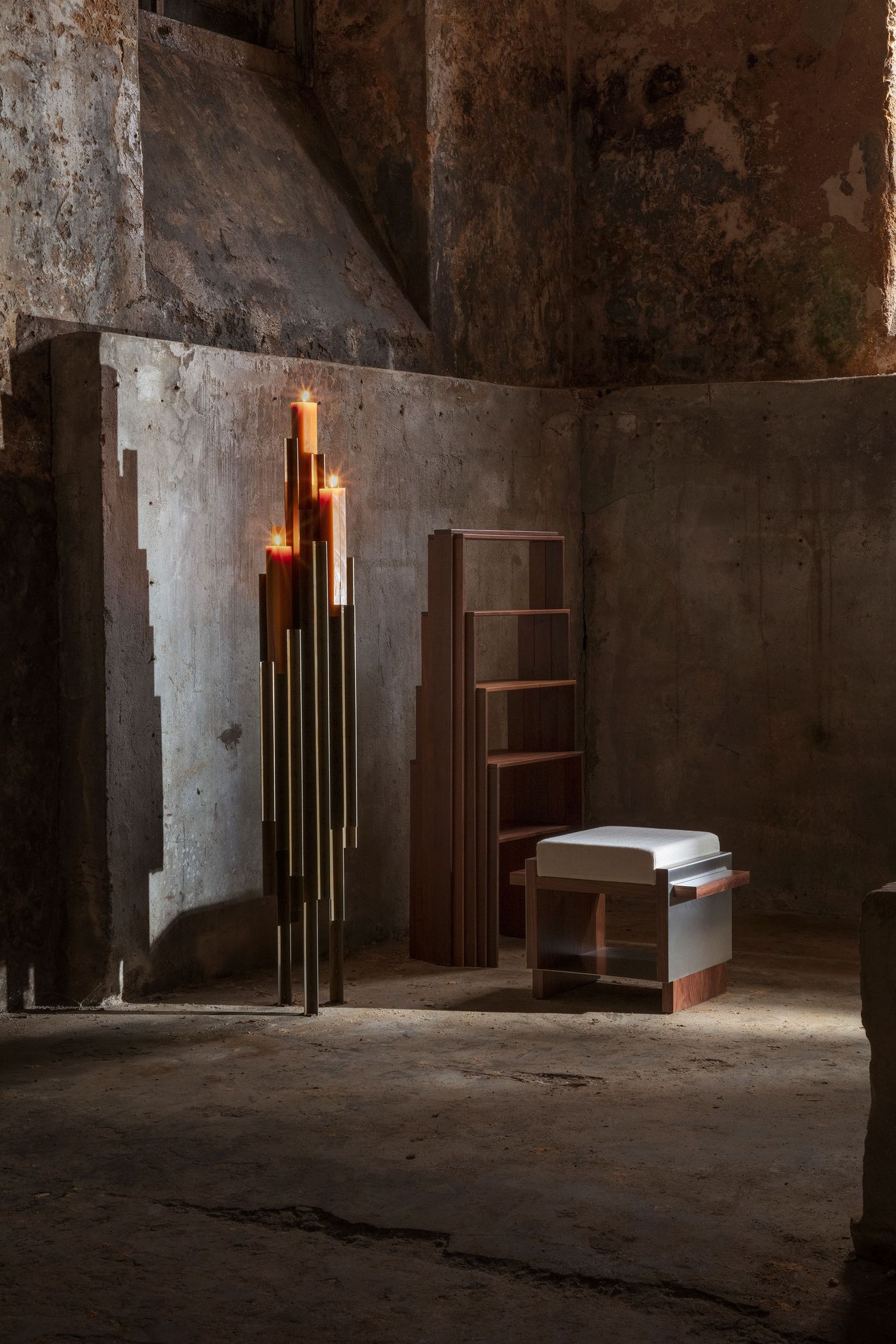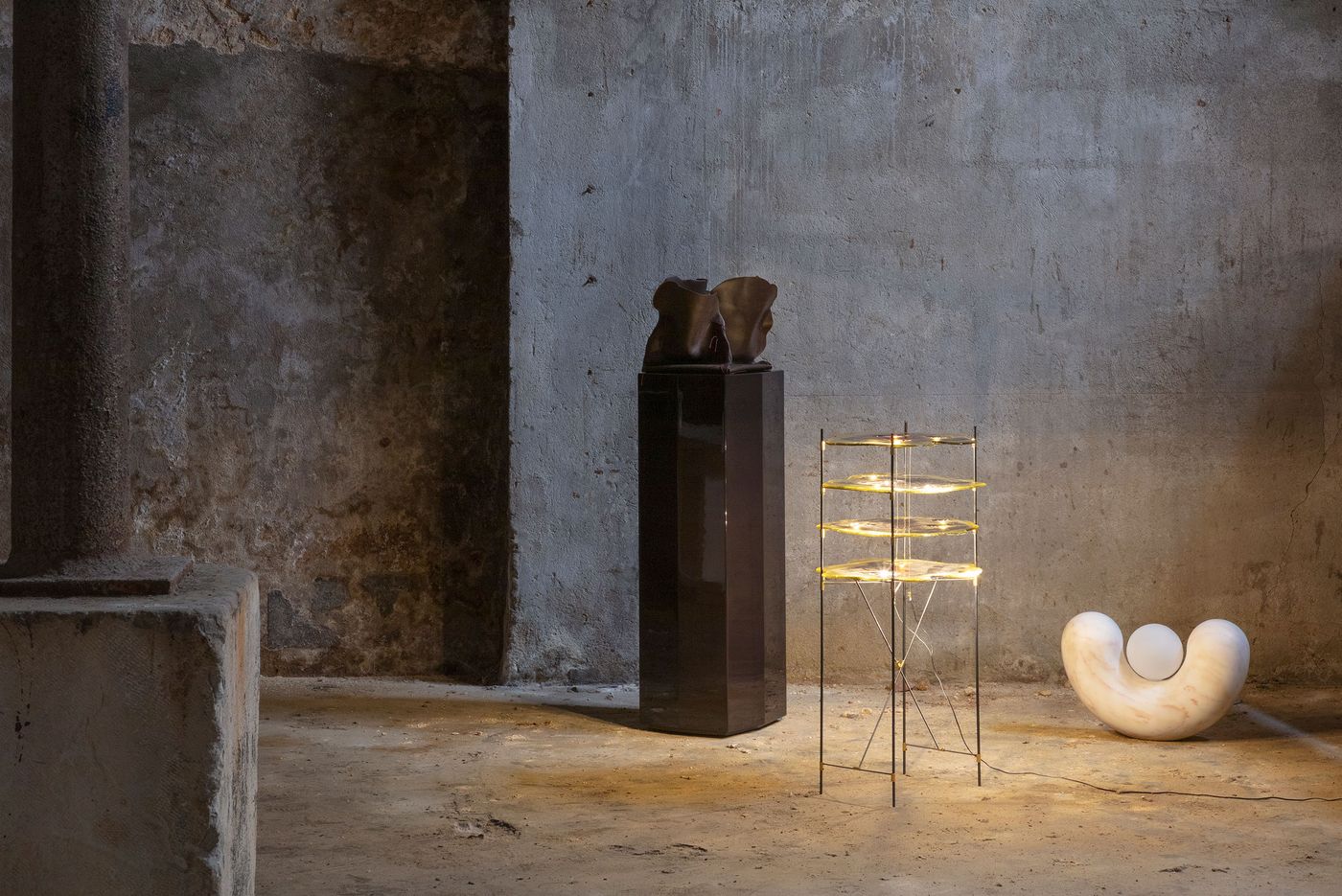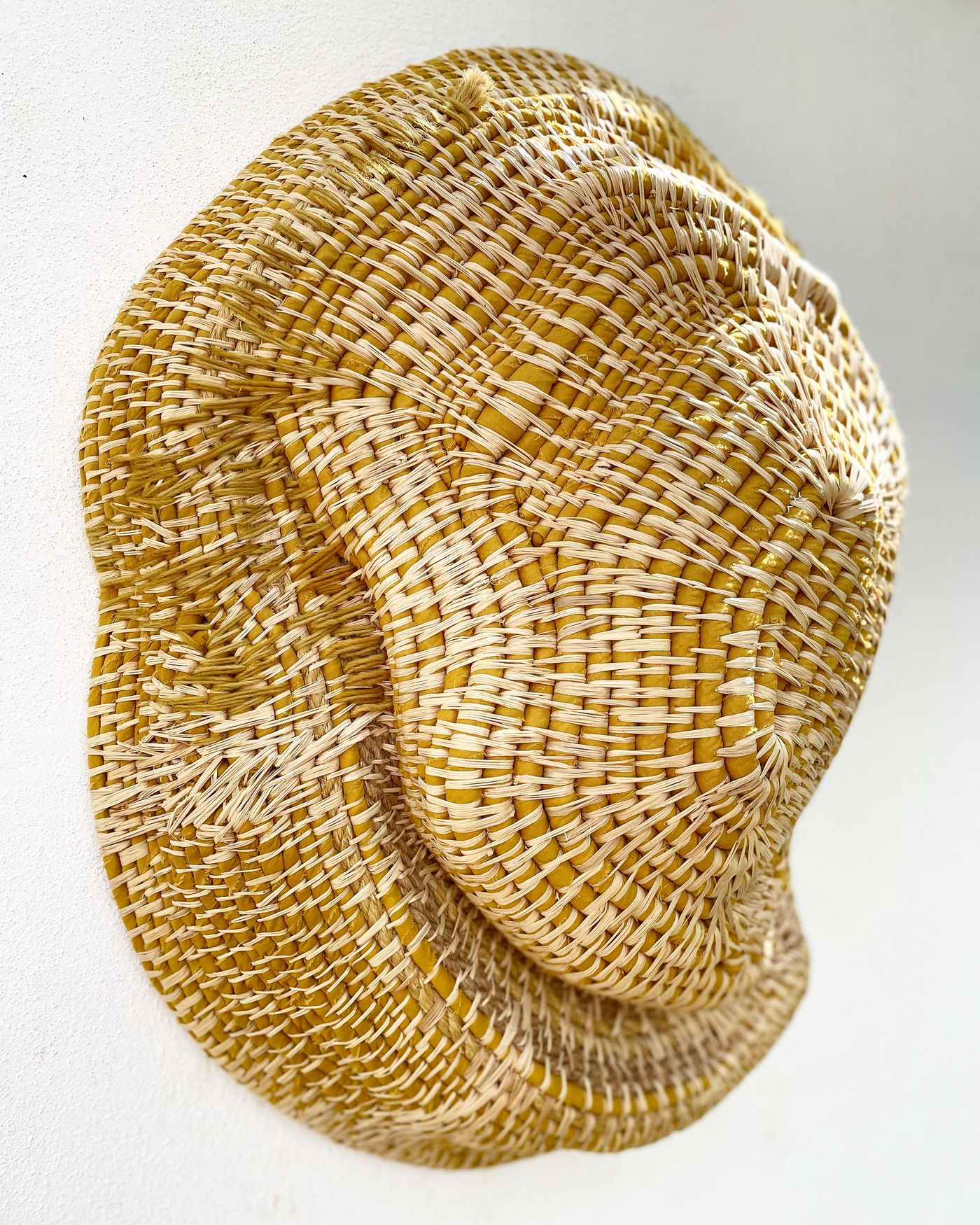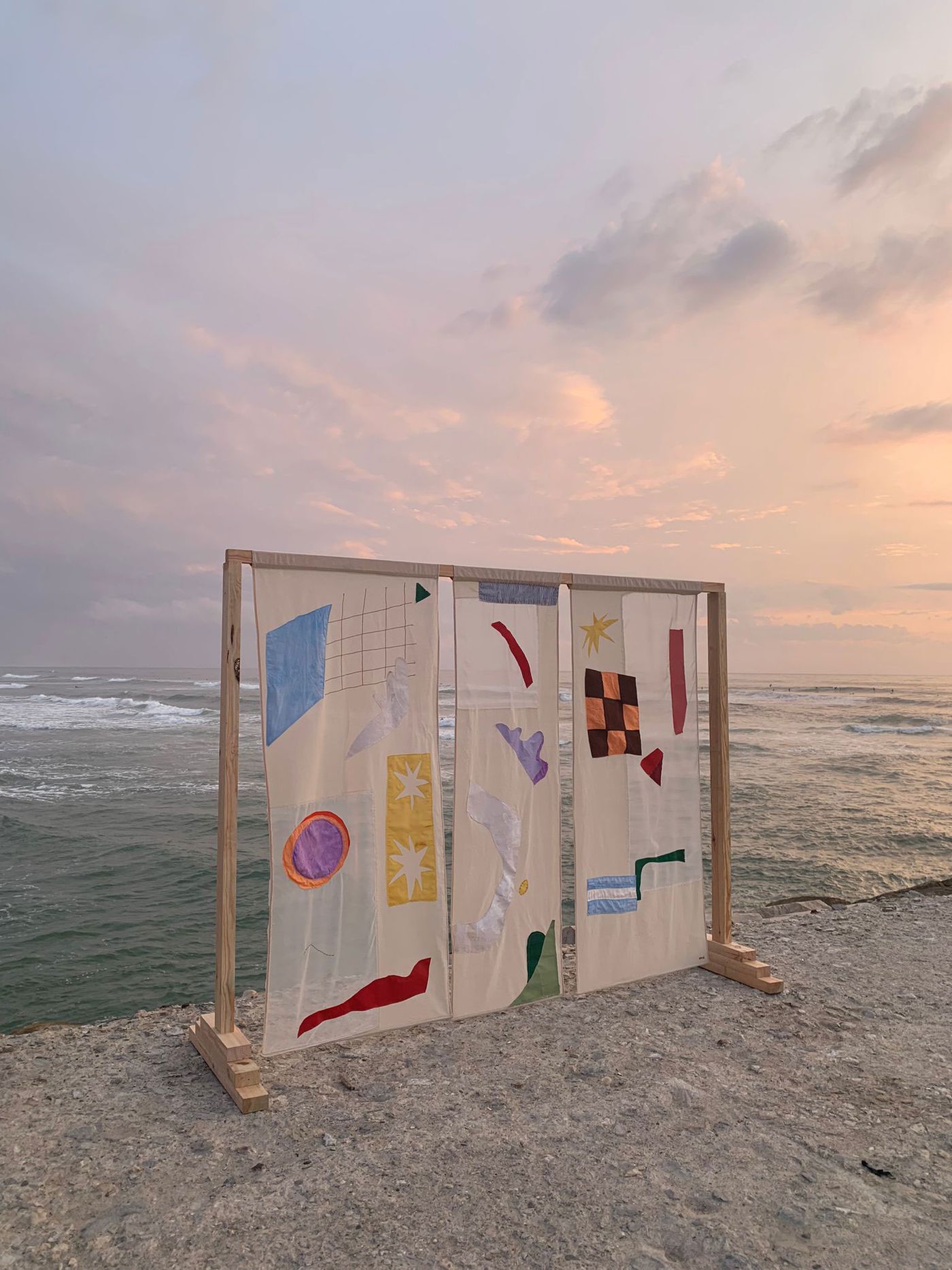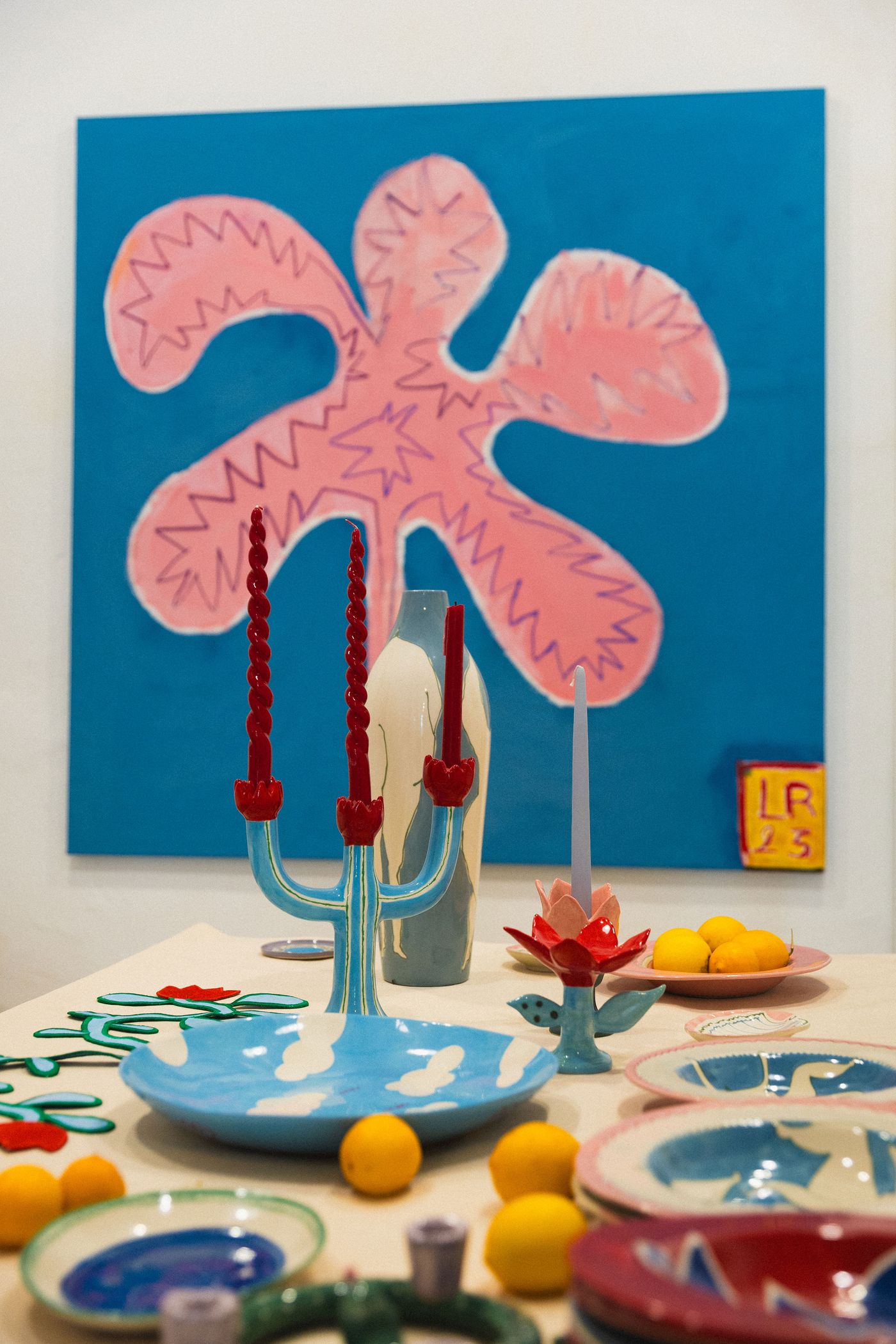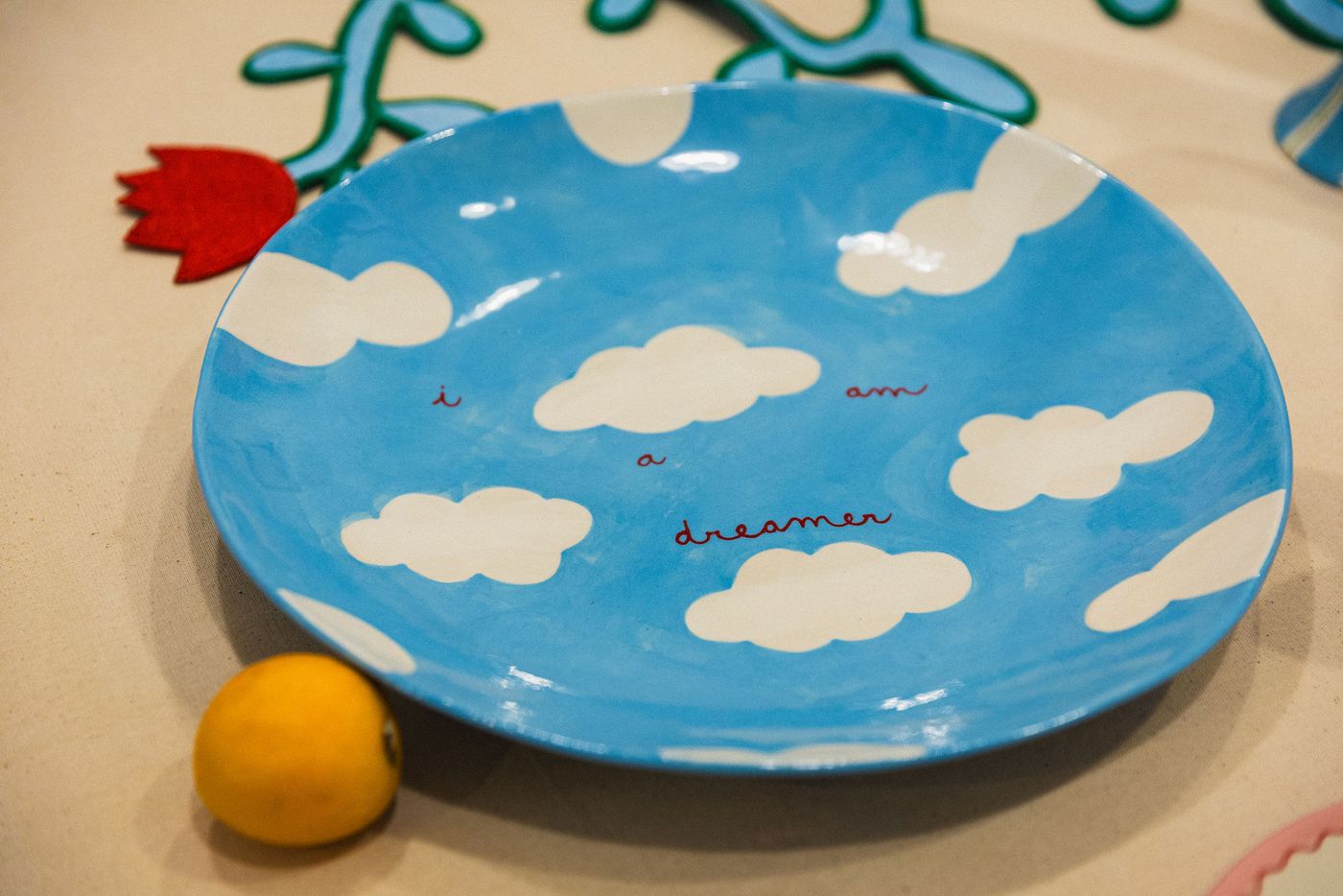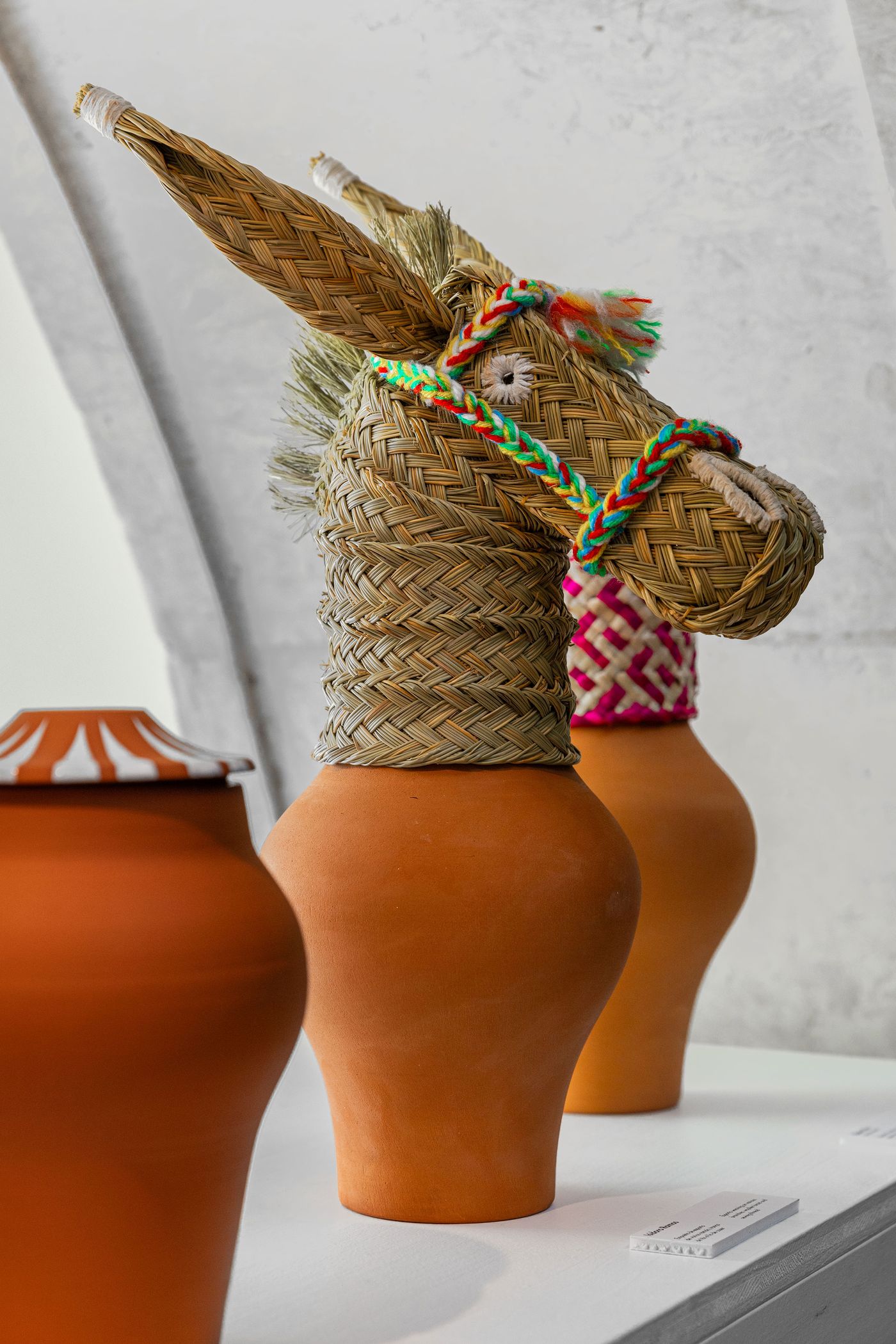
Lisbon Design Week 2025: A City Reclaims Its Creative Pulse
Words by Paola Carimati
Location
Lisbon, Portugal
Lisbon Design Week 2025: A City Reclaims Its Creative Pulse
Words by Paola Carimati
Lisbon, Portugal
Lisbon, Portugal
Location
The story of the third edition of Lisbon Design Week (May 28 – Jun 1, 2025) begins with a mapping of works by a small creative community, steadfastly rooted in local cultural identity. Without rhetoric or nostalgia, the collections, impulses, and experiments on display form an international landscape open to cross-cultural exchange. Thanks to the urban redevelopment plan which launched in 2007 by the then-socialist government—a plan that continues to resist the more dystopian aspects of urban regeneration—design has become a guiding light in Lisbon’s path to renewal. And with it, a rhythm to a new kind of harmony that unfolds on a human scale.
This renewed urban landscape has created fertile ground for a broader cultural shift. Portugal is a land of emerging talents navigating an international system that often feels saturated, standardized, and creatively fatigued. Focusing on local and marginal perspectives with fresh attention allows us to detect the strength of subtle signals. When nurtured, these signals have the potential to flourish and resonate. Championing these narratives bestows dignity on a slower, more intentional way of life, one we often idealize, sometimes excessively. Without romanticizing, this is the story of a generation working with purpose, grounded in a culture where the local and the global reflect one another. This transformation is exemplified by the international designers who have made Lisbon their home.
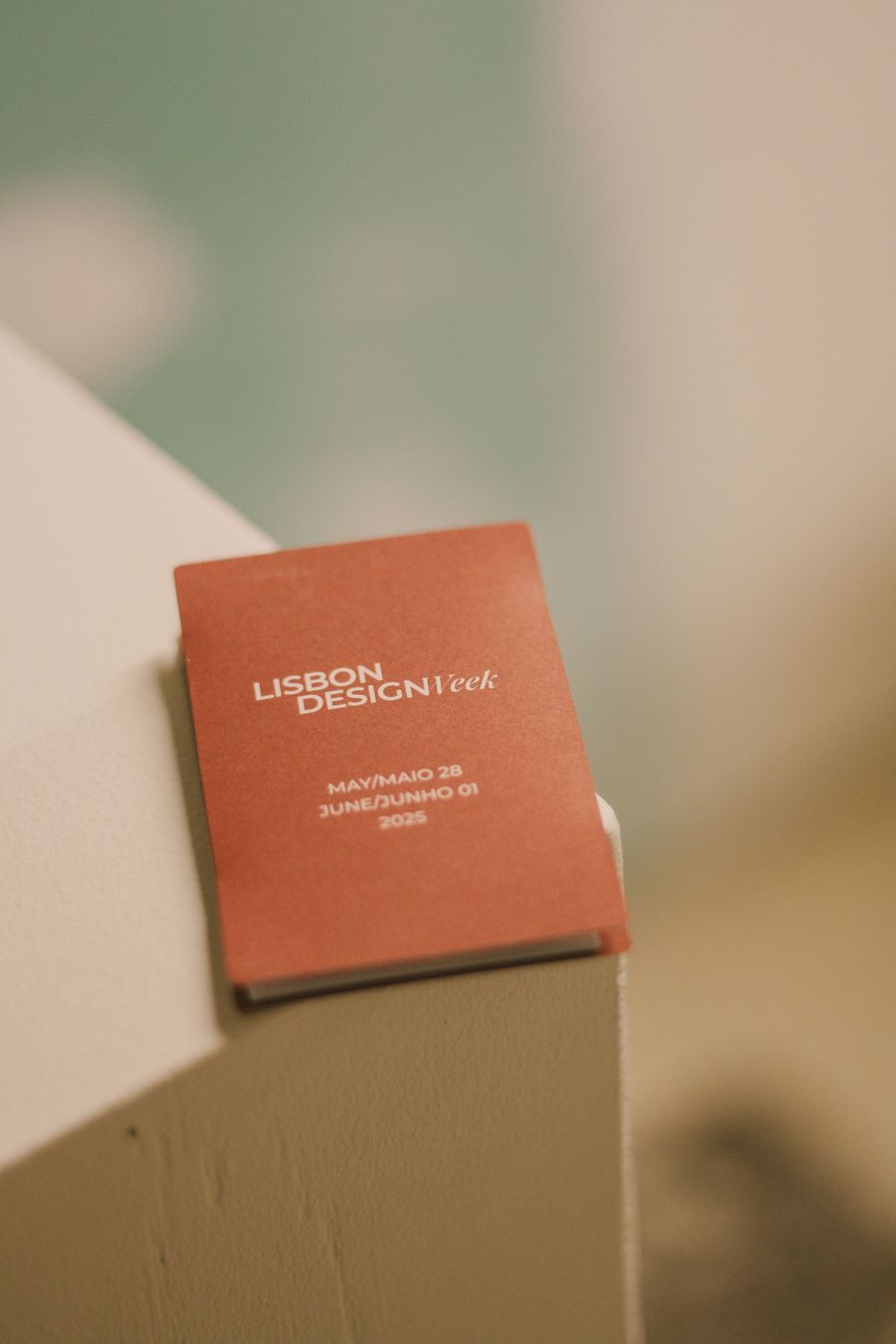
Lisbon Design Week 2025 guide. Courtesy Lisbon Design Week.

Installation view, "Perspective & Matter" curated by Luso Collective. Photography by Irina Boersma Machado.
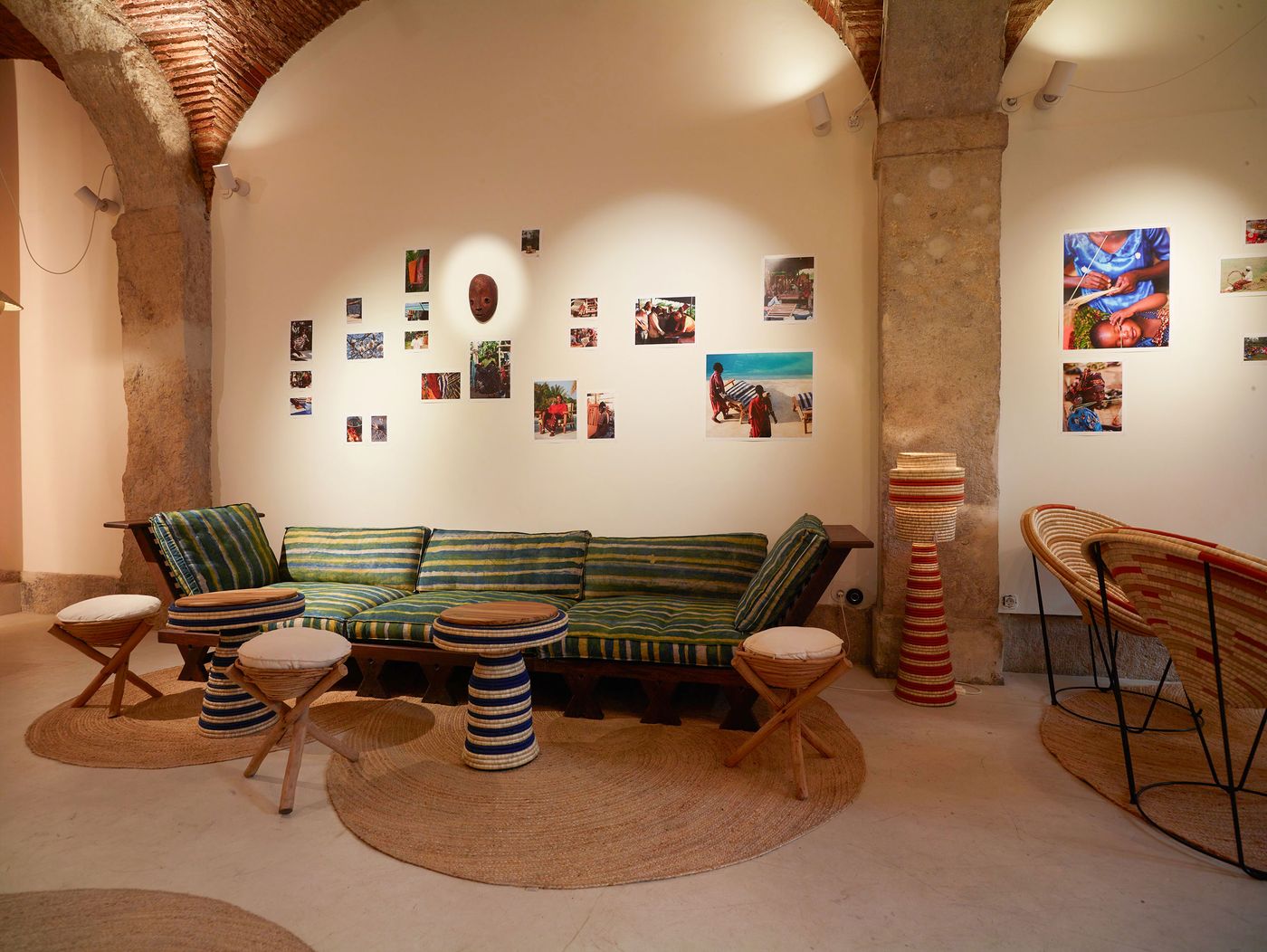
Installation view, "Kukua" exhibition at Prime Matter gallery. Photography by Babled Studio.
A testament to Lisbon's growing reputation as a hub for creative exchange, the city has been attracting international designers such as Noé Duchaufour-Lawrance and Emmanuel Babled, both of whom have opened their studios and galleries in the city. During Lisbon Design Week, Duchaufour-Lawrance’s Made in Situ gallery presented Xisto, a tribute to the eponymous schist stone that shapes the landscape and identity of northeastern Portugal's Foz Coa, home to two UNESCO World Heritage sites: namely, the Coa Valley's Prehistoric Rock Art Sites and the Douro Wine region.
Meanwhile, Babled's Prime Matter gallery presented Kukua, a contextual installation that reimagined a coffee shop using handcrafted objects designed in partnership with Tanzanian artisan collectives, notably WomenCraft—a network of 600 women across 20 villages located near the borders of Rwanda and Burundi. Each design is adapted to local production capabilities, ensuring sustainability and honouring the tacit knowledge of these craftspeople
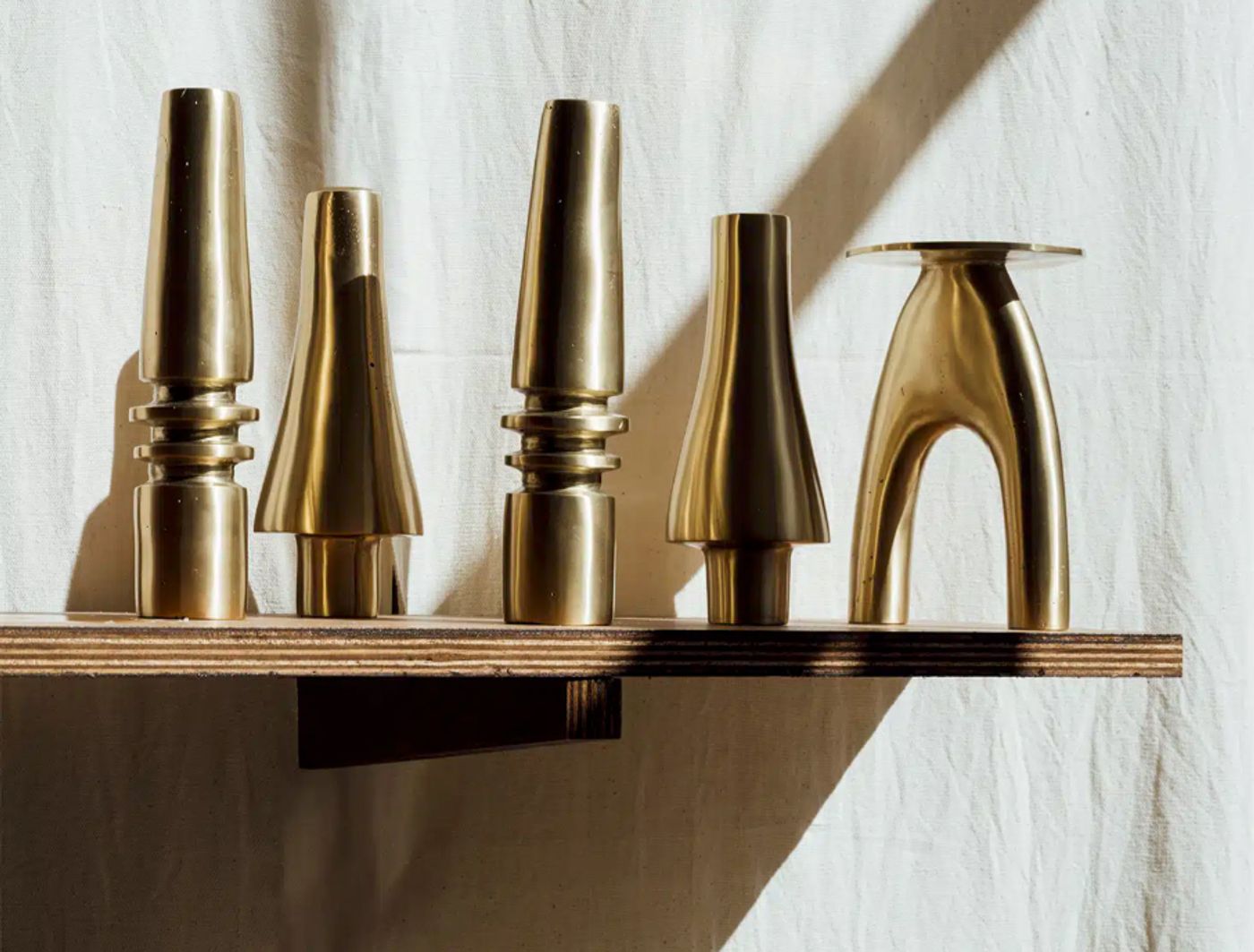
Bronze pieces by Maison Intègre. Modelled in natural wax and cast from recycled metal. Courtesy of Maison Intègre.
This same model is embraced by Ambre Jarno, founder of design studio Maison Intègre. Based in Ouagadougou, the capital of Burkina Faso since 2017, her workshop produces bronze furniture and objects using the ancestral lost-wax technique where each piece is crafted from recycled metals and natural materials.
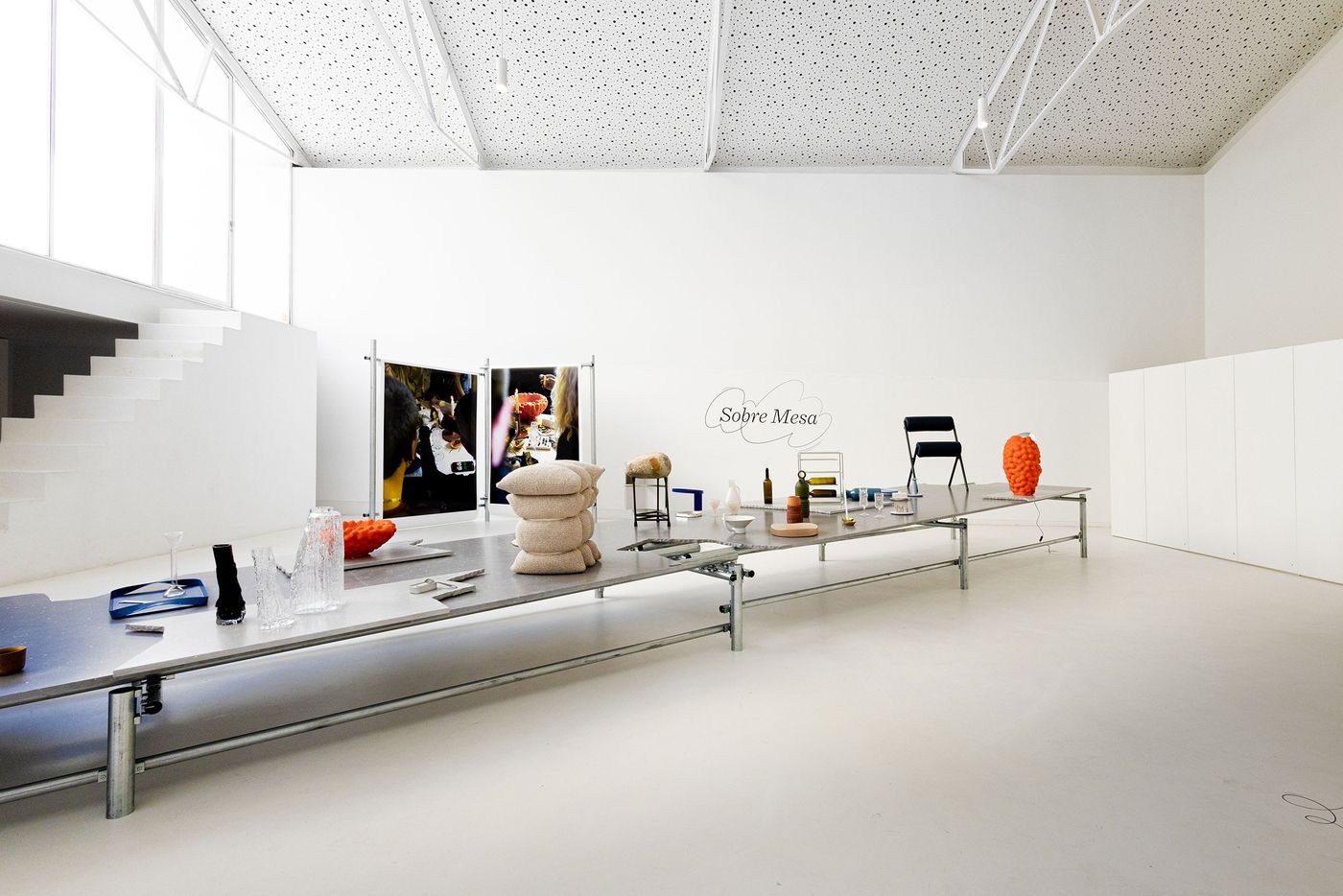
Installation view, Sobre Mesa at Arquivo Aires Mateus. Curated by MUT Design and João Xará. Photography by Sirence Studios.

Hamrei’s studio and showroom. Courtesy of Hamrei.
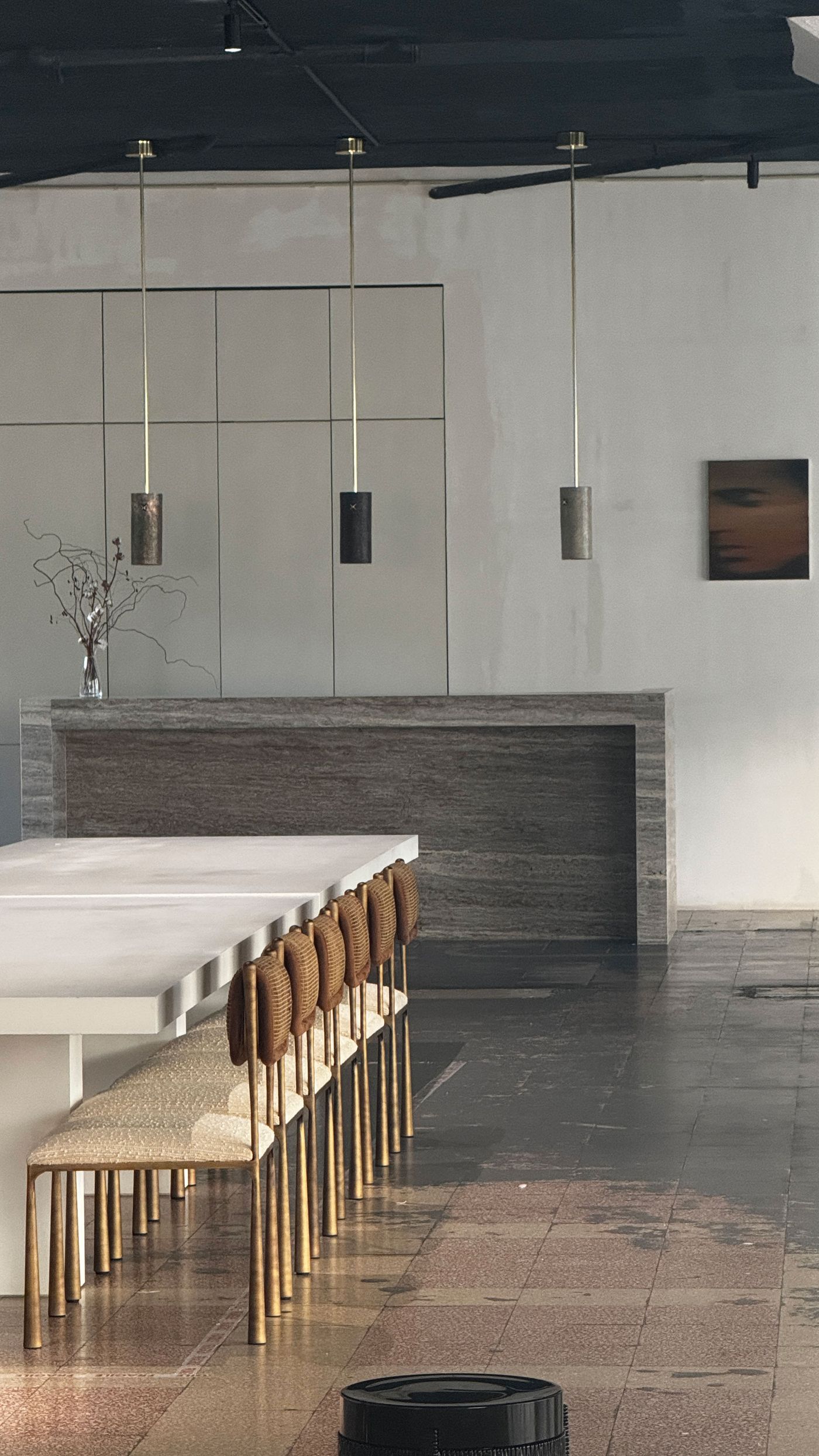
Hamrei’s studio and showroom. Courtesy of Hamrei.

Hamrei’s studio and showroom. Courtesy of Hamrei.
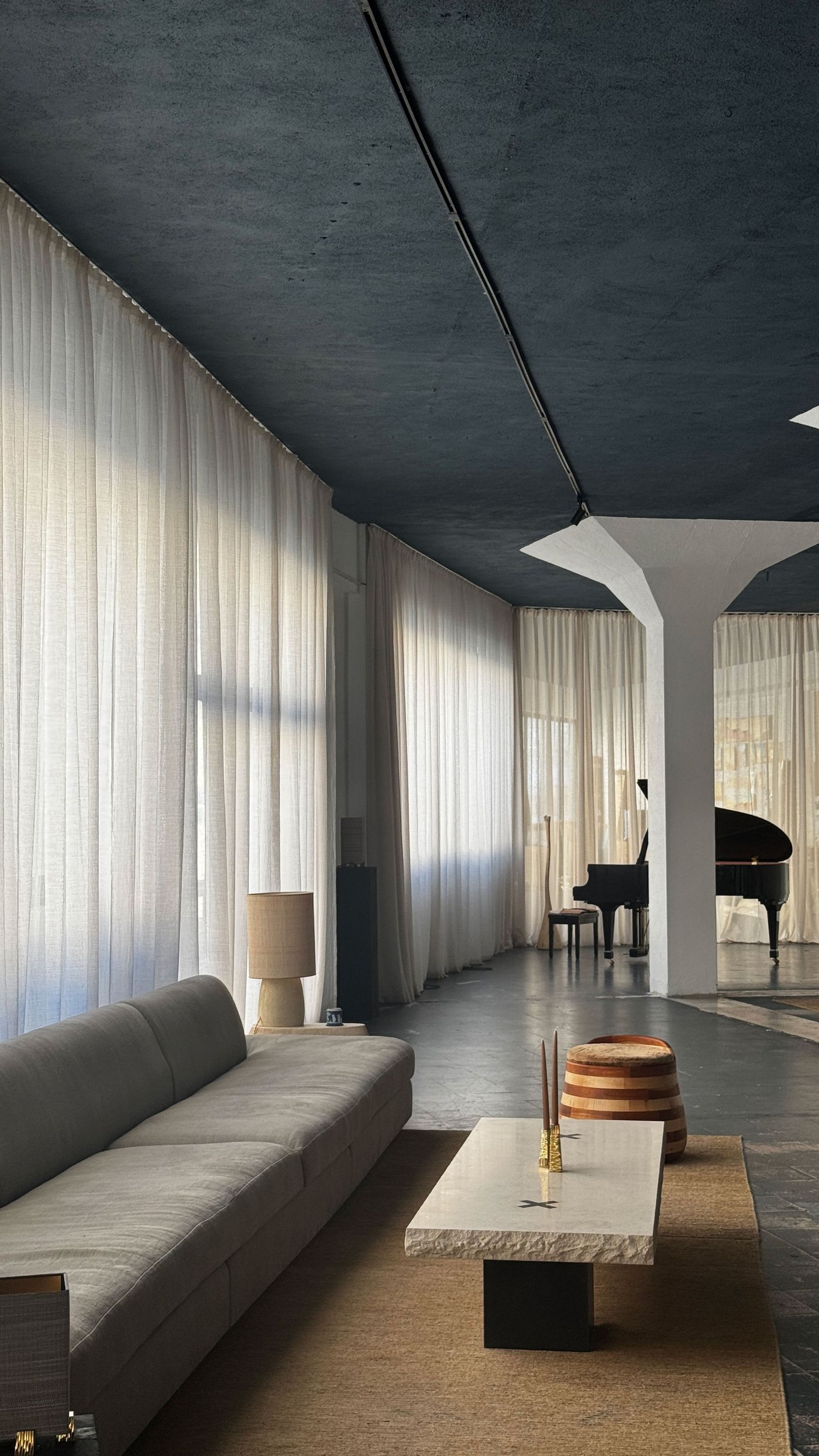
Hamrei’s studio and showroom. Courtesy of Hamrei.
But it’s the wave of younger creatives that truly energizes the scene. Designers like Marianna Ralo and AB+AC Architects (whose work was on view in the just opened Locke de Santa Joana hotel), Hugo Passos, Carla Alcalà Badias and Gonçalo Campos (part of the Sobre Mesa exhibition at Arquivo Aires Mateus, and Studio Gameiro and Hamrei (both presenting new designs in their showrooms), embody a new generation of product and interior designers who have chosen to live and work in Portugal.
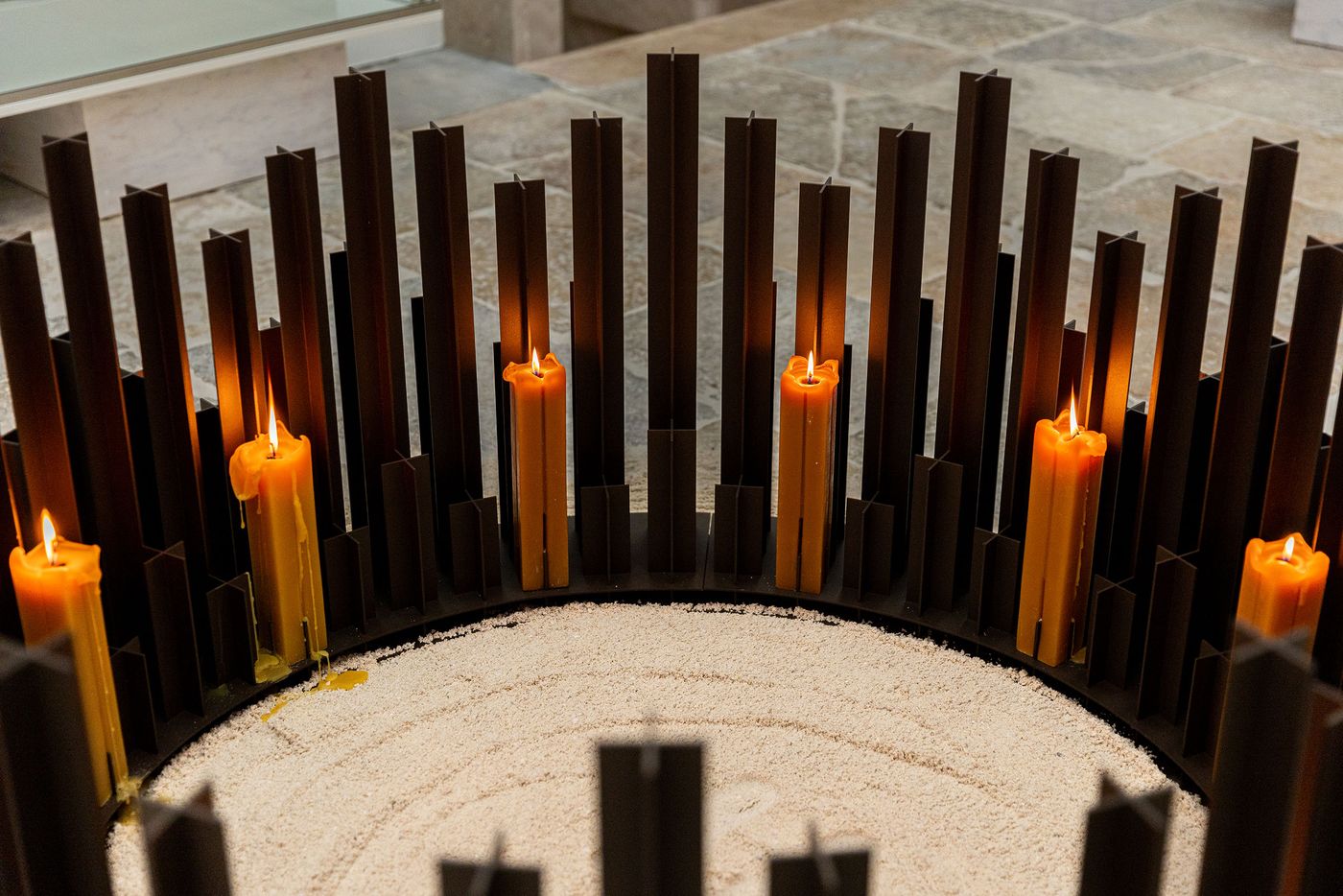
Alma Mater collectible series by AB+AC Architects. Installation view at Locke de Santa Joana hotel. Photography by Sirence Studios.

Djuntu Collection of metal lamps by Thayra Correia. Courtesy of the designer.
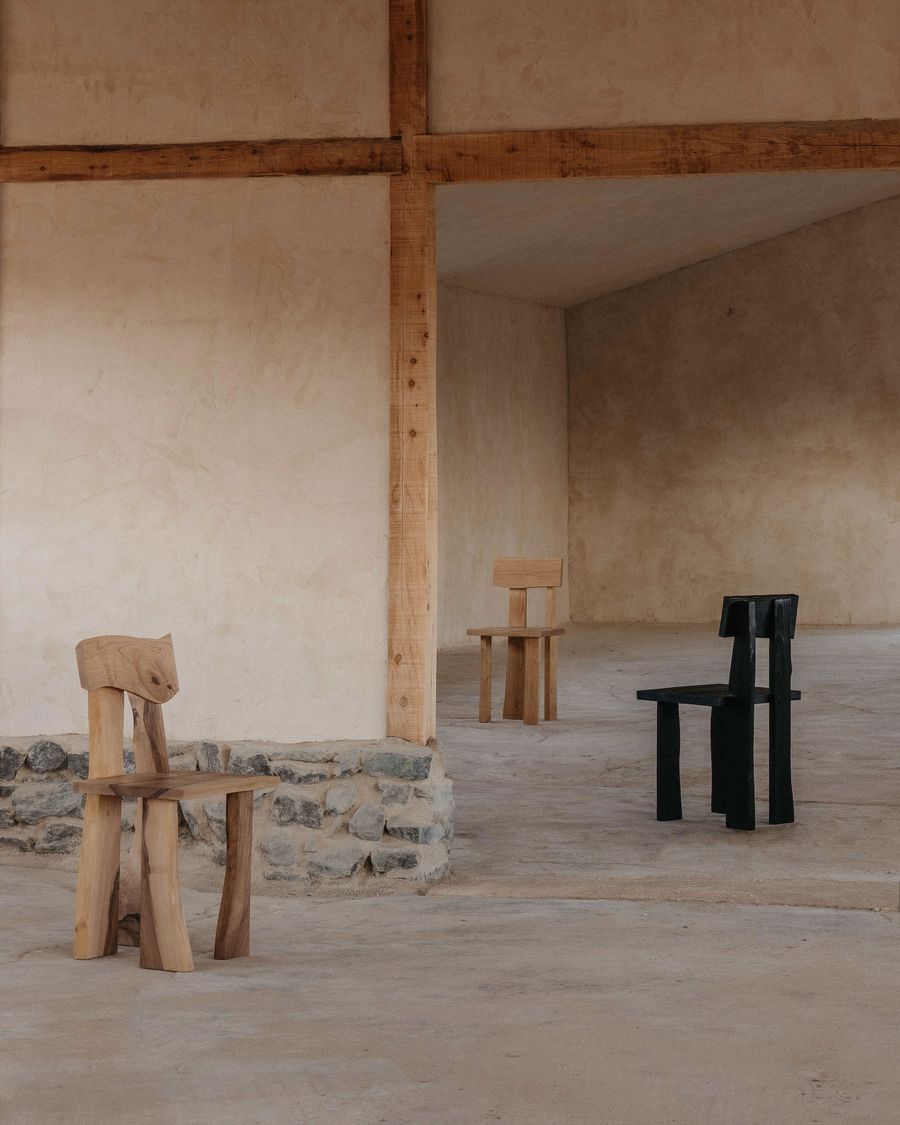
Askew Chair by THER in splayed polish walnut, burned stone pine, and chestnut. Photographed in THER’s countryside studio. Courtesy of THER.
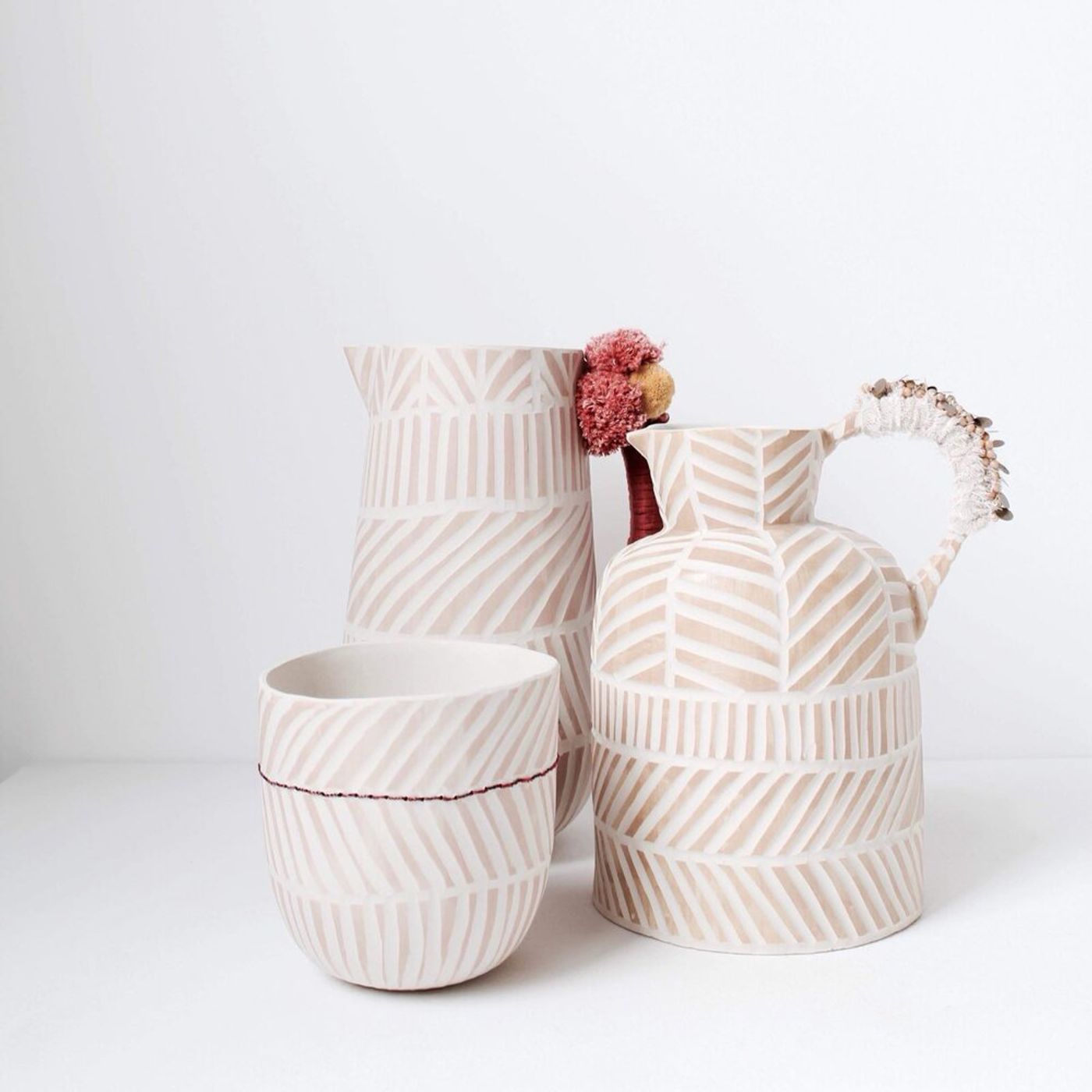
Ceramic objects by Anna Westerlund. Courtesy of the designer.

Time Vessels sculptural series of concrete vases by Tosco Studio. Photography by Ana Araújo.
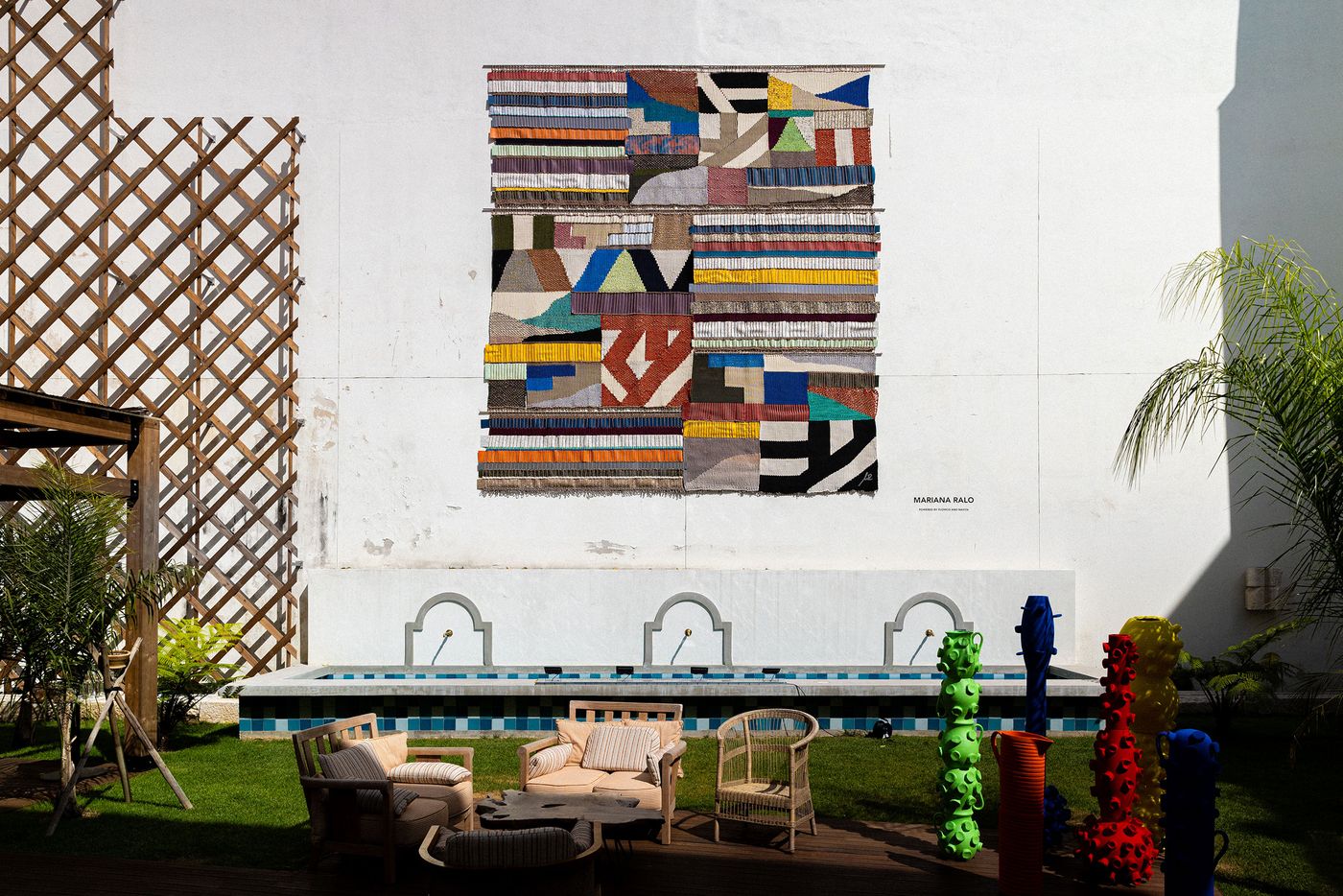
Tapestry by Mariana Ralo, and ceramic sculptures by TERRAKOTA. Installation view at Locke de Santa Joana hotel. Photography by Sirence Studios.

Tapestry (detail) by Mariana Ralo. Installation view at Locke de Santa Joana hotel. Photography by Sirence Studios.

Tapestry by Mariana Ralo. Installation view at Locke de Santa Joana hotel. Photography by Sirence Studios.
This phenomenon was already evident at the first Rotterdam Design Biennale: not only are young Portuguese creatives returning home after studying abroad, but many international designers are also choosing Lisbon as their base, drawn by the value and accessibility of local craftsmanship as much as the possibilities for experimentation. The result is a multi-ethnic, multidisciplinary creative community working to solidify a distinct design identity and gain recognition on the global stage.
To gain deeper insight into this cultural moment and the forces shaping it, we spoke with Michèle Fajtmann, the founder of Lisbon Design Week. Fajtmann, who is also the founder of From My City, a company established in the UK in 2010 specializing in creative placemaking, is particularly interested in the role public space plays in urban life and the use of art and culture for networking purposes.
Answers have been condensed and edited for clarity.

Michele Fajtmann, founder of Lisbon Design Week. Photography by Mireille Roobaert.
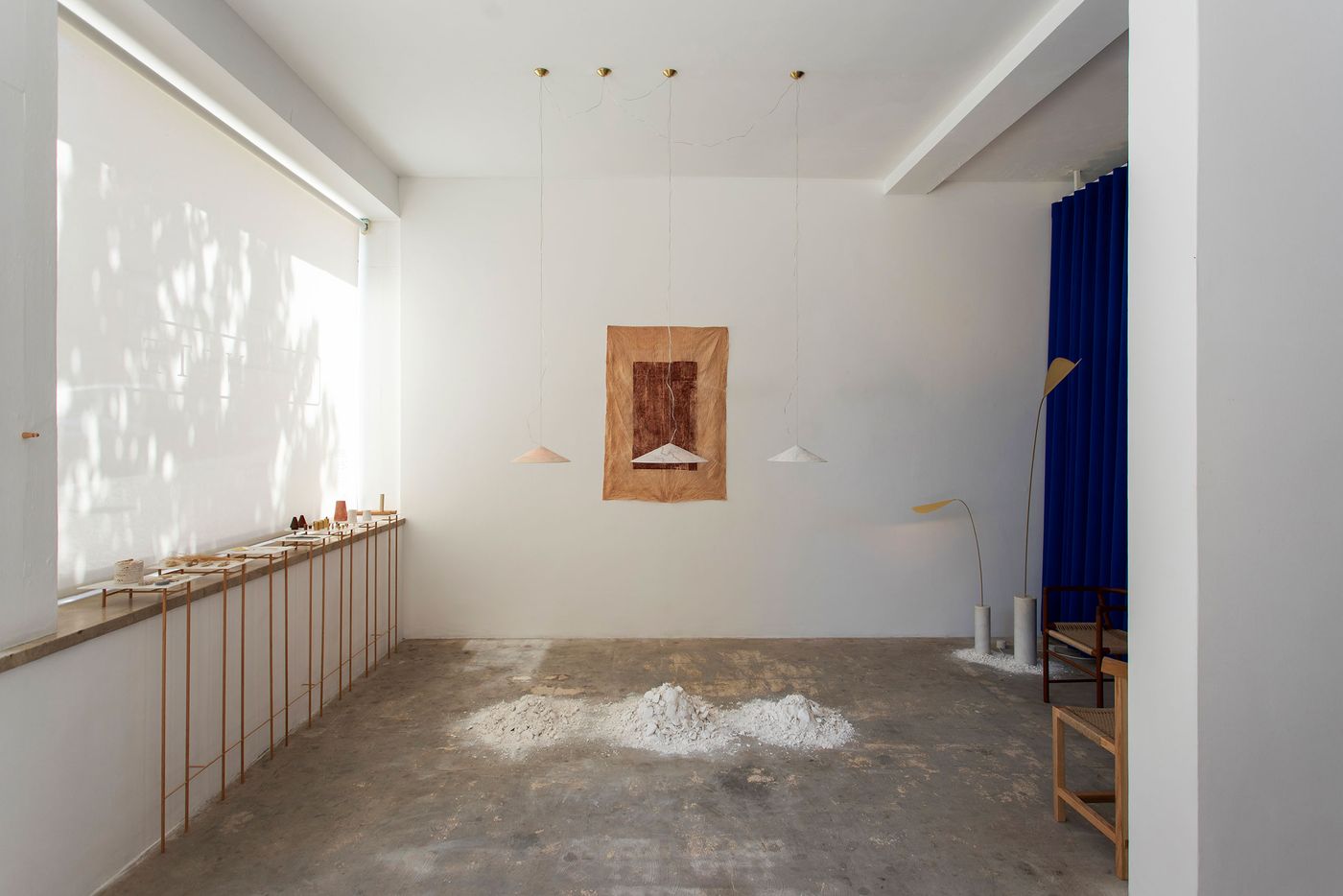
“Lembra-te de mim" (Remember me), a collection of lights, furniture, sketches and memories by bamansure and Jecopalm Office, on display at Gabinete. Photography by Fabio Baldo.
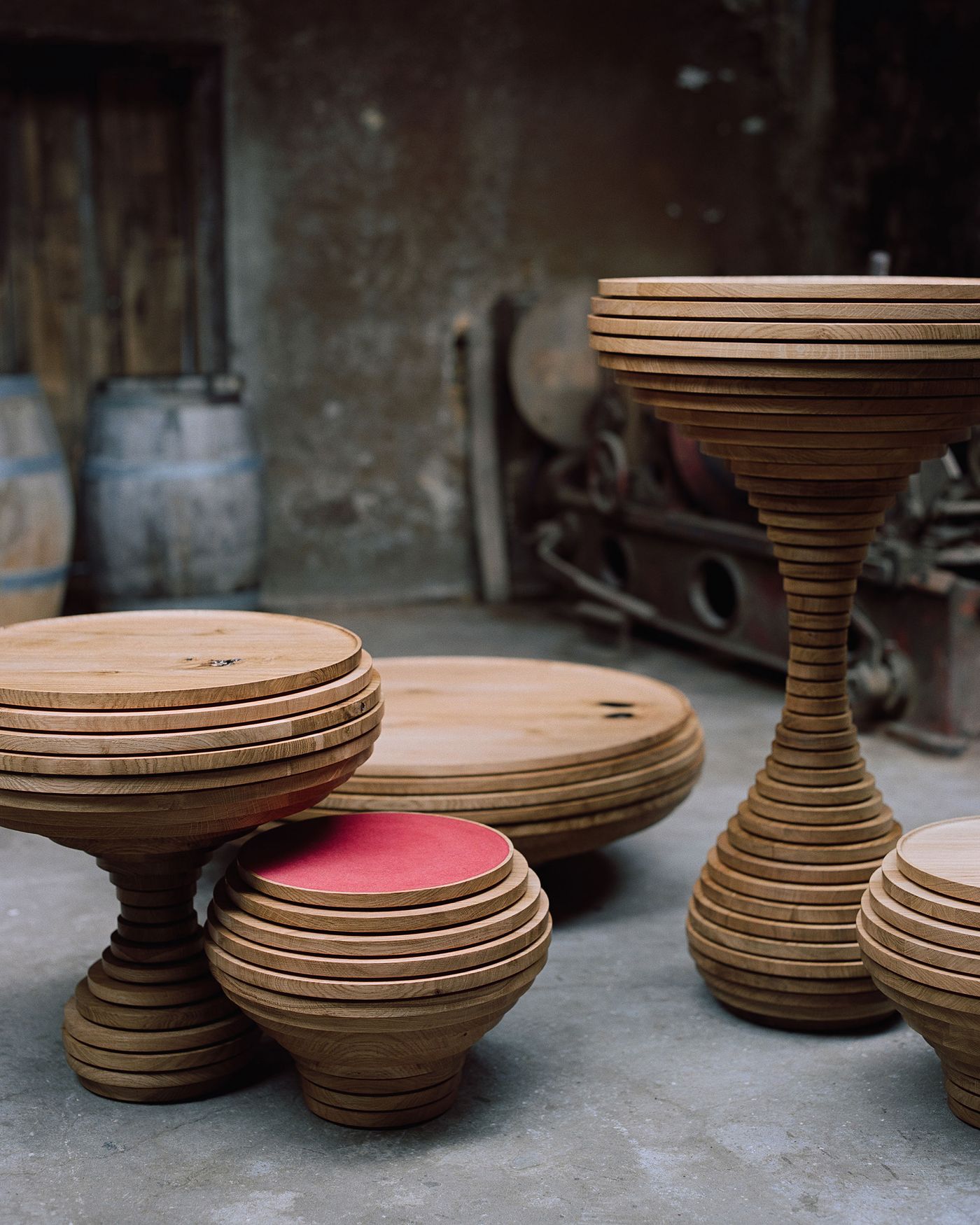
MATÉRIA collection by Diogo Amaro. Presented at Banema Studio during Lisbon Design Week 2025. Photography by Francisco Ascensão.
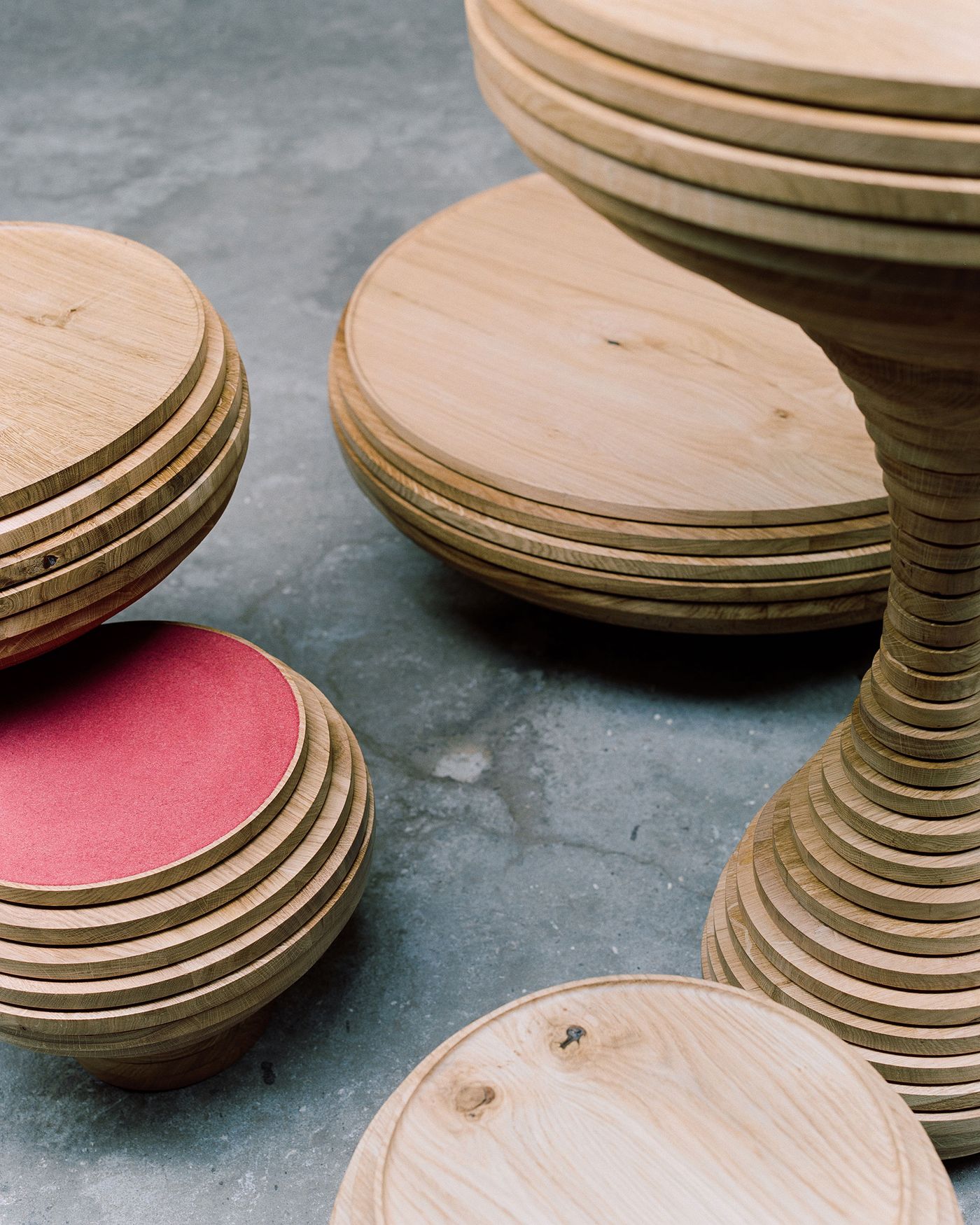
MATÉRIA collection by Diogo Amaro. Presented at Banema Studio during Lisbon Design Week 2025. Photography by Francisco Ascensão.

Cabinet maker Diogo Amaro in his studio. Photography by Francisco Ascensão.
What does it mean to make design in Lisbon?
I'm Belgian and have lived in New York, Warsaw, Brussels, and London, but it was only when I came to Lisbon that I discovered this world of design and high craftsmanship. I wasn't an expert in this field at all, but I became passionate about it after meeting the many organizations and people who showed me the exceptional craft being produced here.
In your opinion, has Lisbon’s cultural scene lost anything over the past decade?
Portugal has always had a rich craft tradition, especially in regions where there wasn’t much else to do. Although people developed their skills there, they never really evolved to the next level. During the Salazar regime (Estado Novo, from 1933 to 1974), traditional crafts such as Portalegre tapestry were commissioned extensively for public buildings, helping entire communities hone their expertise. But when those commissions stopped, there was no new generation ready to take over. As we don't know what the future holds, some of these crafts are of course at risk of disappearing. With that being said, if we can find ways with which to integrate them into projects with designers and galleries, there is a hope that we can preserve them.

The CAM shop at Centro de Arte Moderna Gulbenkian presented sculptural pieces by Graça Pereira Coutinho alongside a curated selection of designer objects by the Luso Collective. Courtesy of Centro de Arte Moderna Gulbenkian.

Installation view, "Perspective & Matter" curated by Luso Collective. Photography by Irina Boersma Machado.
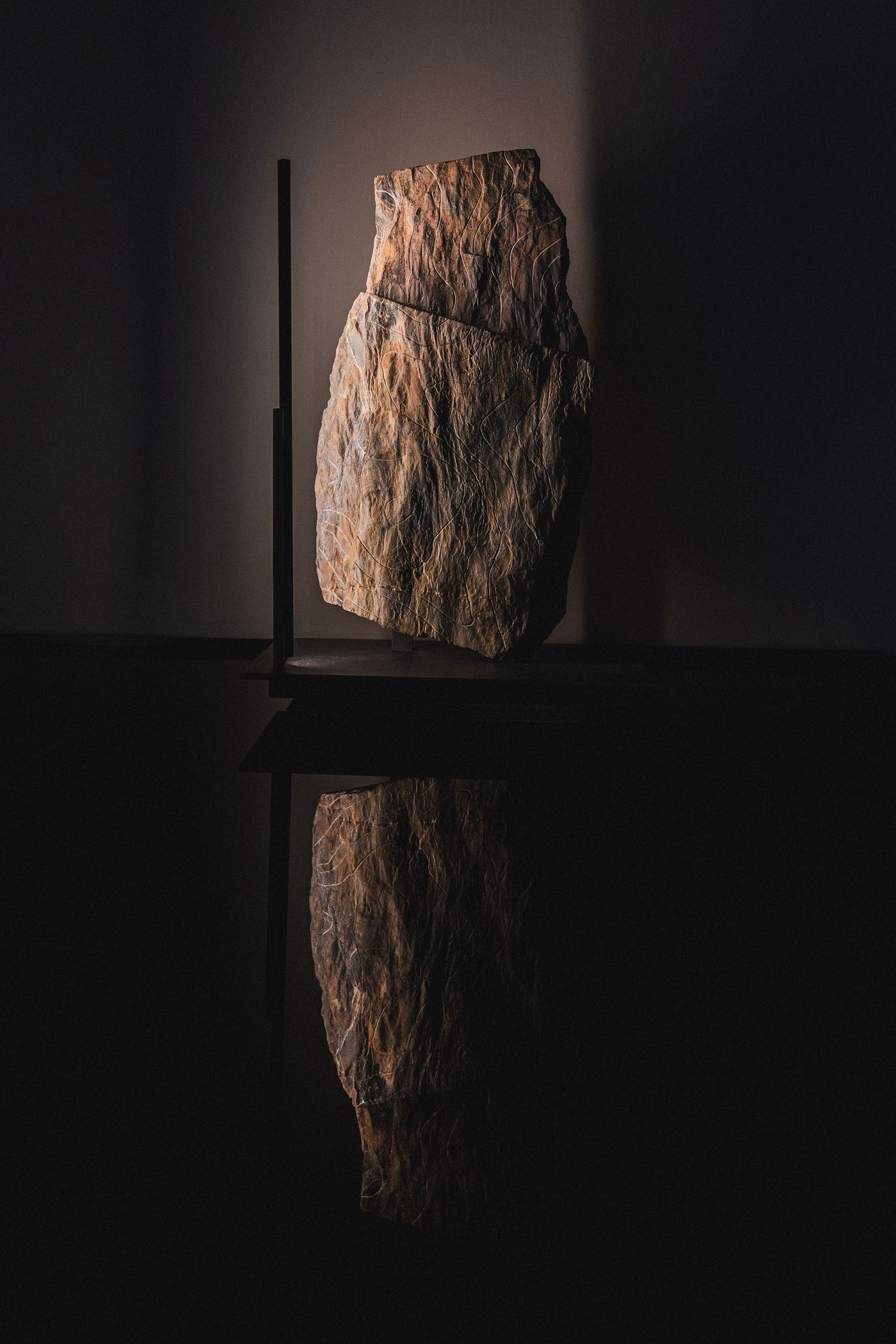
Xisto Collection by Made in Situ. Photography by Sirence Studios.
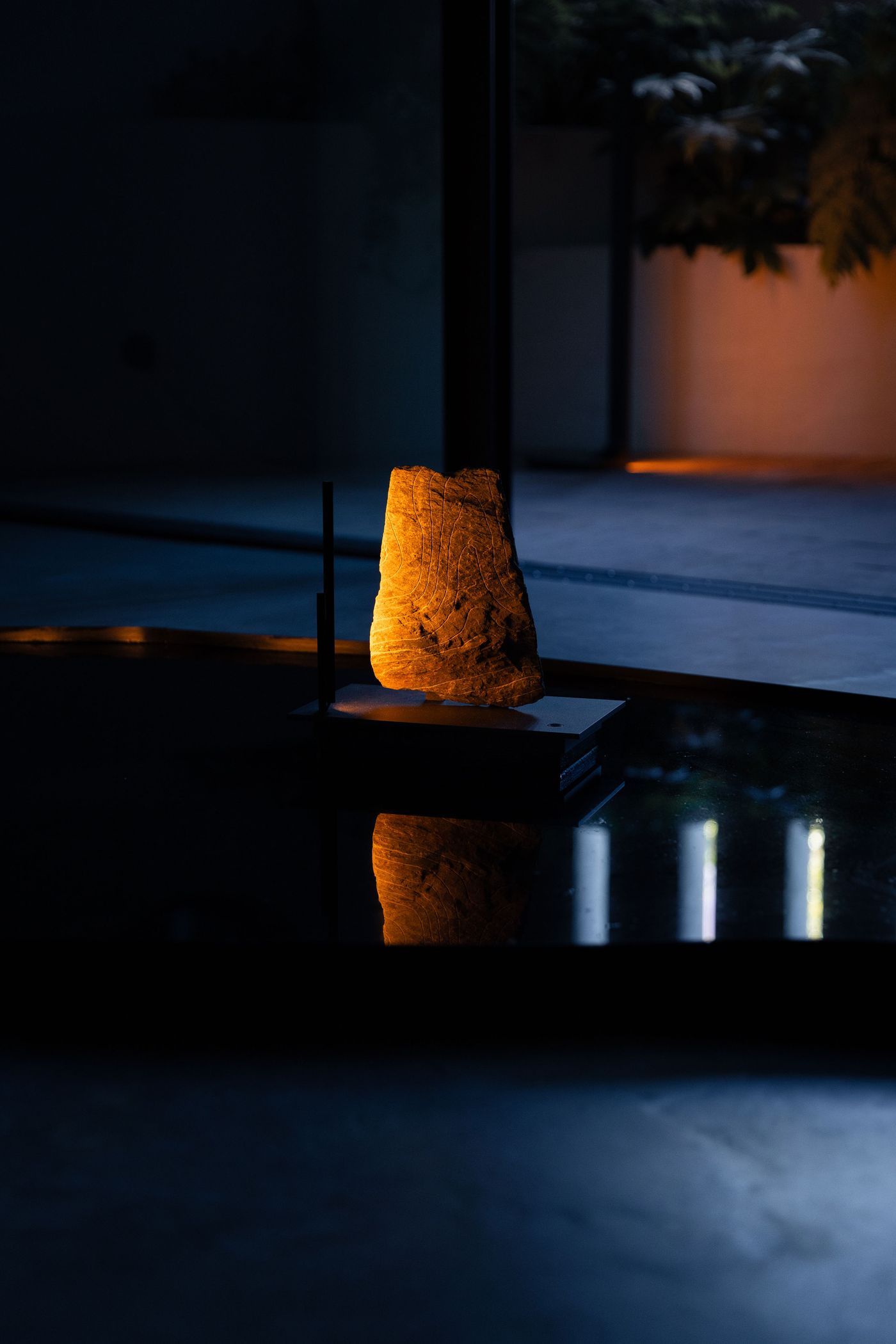
Xisto Collection by Made in Situ. Photography by Sirence Studios.
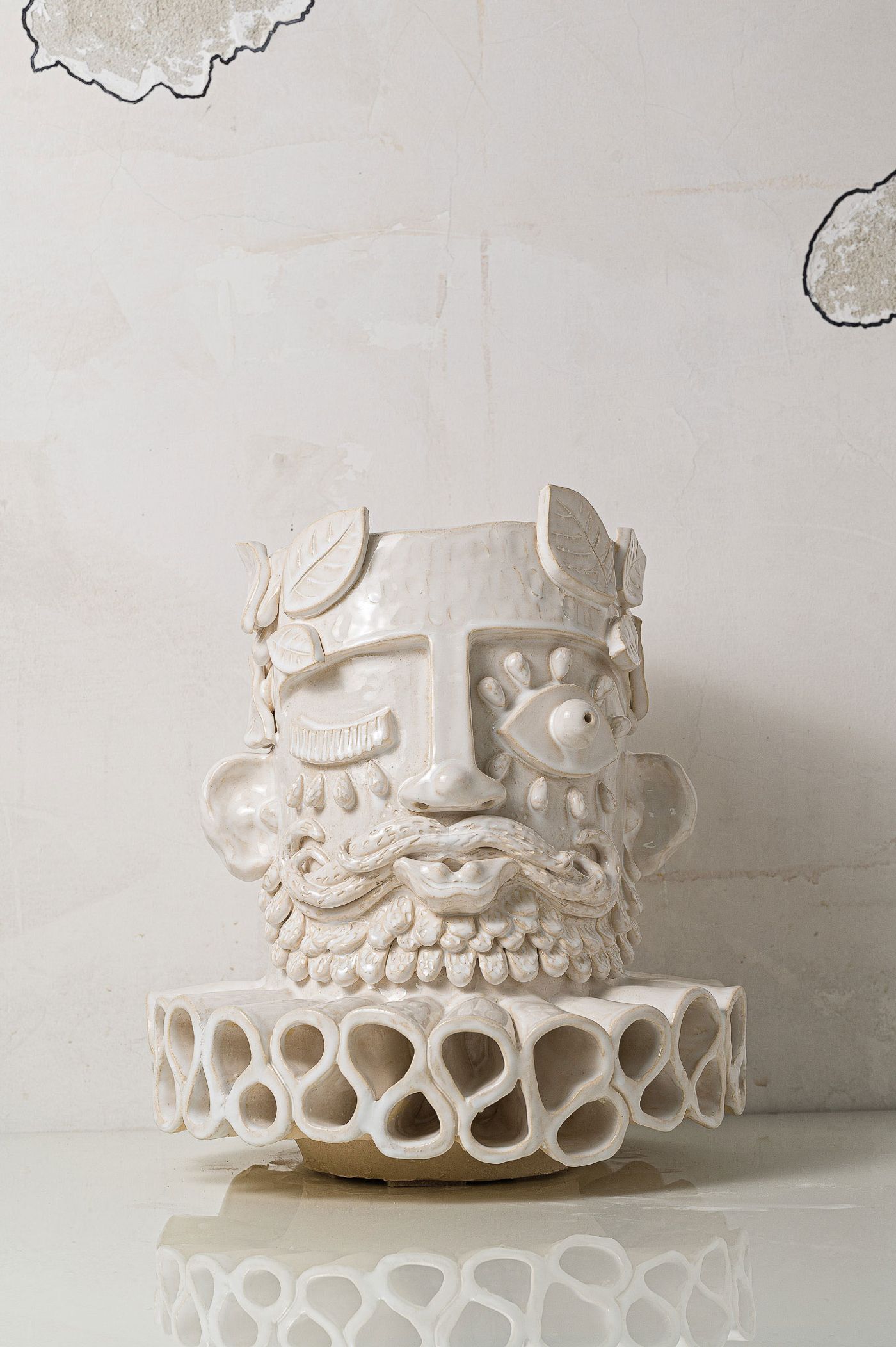
Baile de Máscaras collection of ceramic masks by Carlos Manuel Gonçalves. Installation view at his studio in Ajuda neighborhood. Photography by André Rosa.
So in essence, you're trying to reconnect talent, craft, and institutions.
Many young designers and architects who studied abroad are returning home and joining local studios, gaining confidence and choosing to stay rather than seeking opportunities elsewhere. While we have a strong Fine Arts faculty here, it's a large institution that hasn't evolved significantly. At the same time, we have many skilled artisans who are either self-taught or learn their skills through mentorship, who have received help from various organizations, some of which are doing great nonprofit work to support this ecosystem. So, returning students feel proud and want to stay.
Local designers and architects across generations have expressed their excitement about finally having a design week in Lisbon. As they put it: "We always felt we had to go abroad to prove ourselves. Now we can bring the international audience here instead." This represents both a confidence boost and a challenge, as surviving on local clients alone continues to be difficult. With that being said, Portugal is beginning to attract international clients.
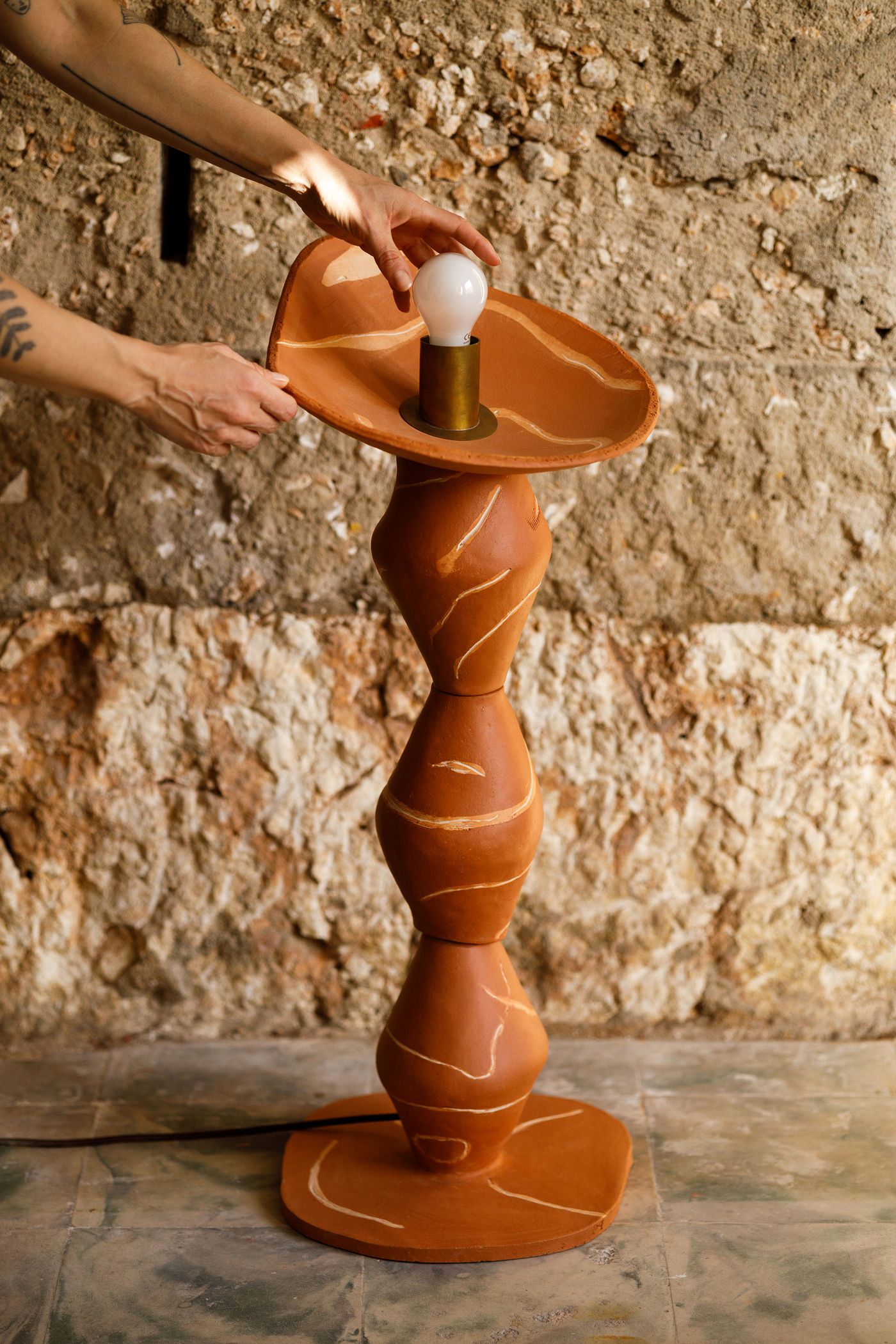
Antenna floor lamp by Pareidolia Design (Tatiana Ferreira). Photography by Pedro Gomes Almeida.
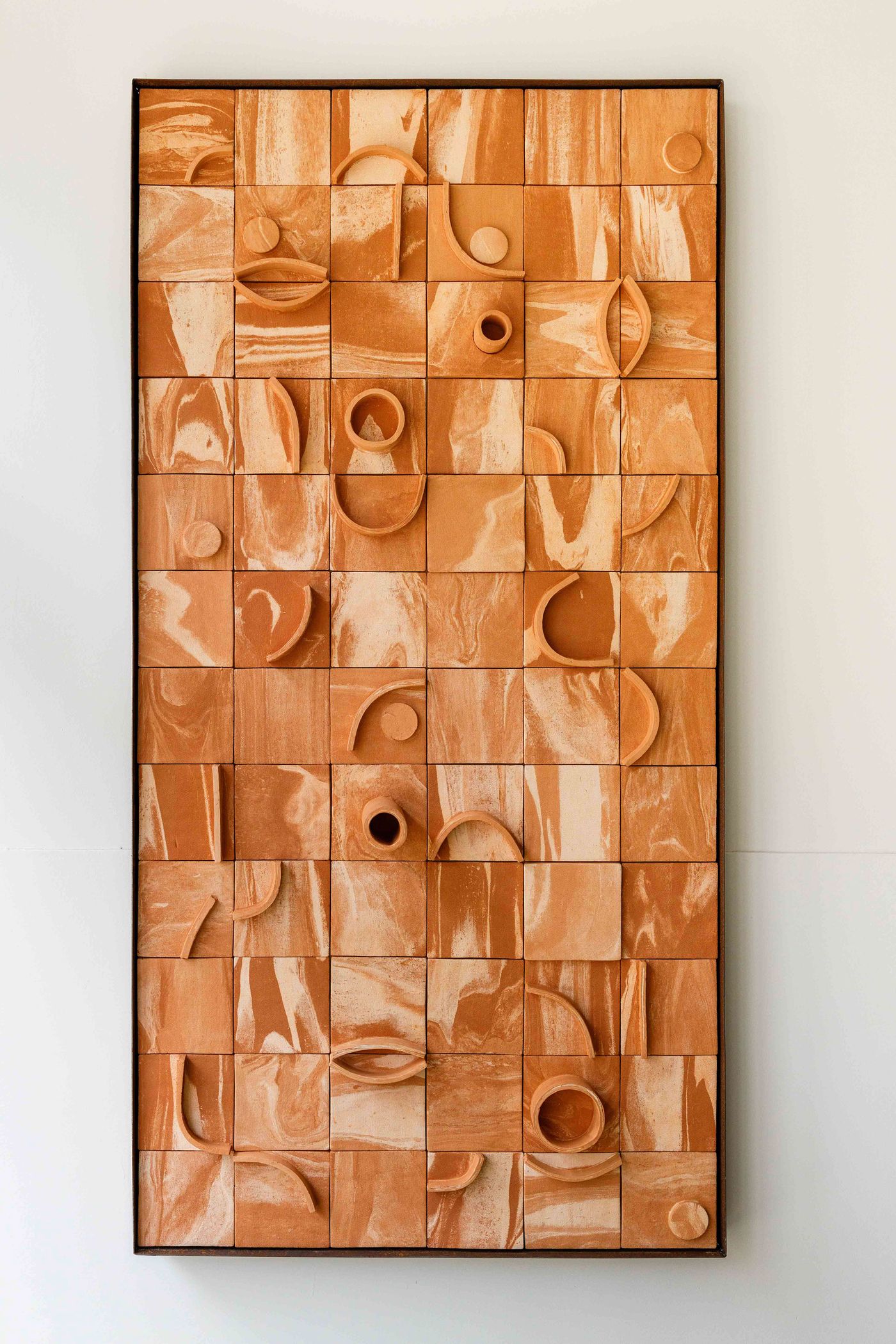
Playground Tile Panel by Pareidolia Design (Tatiana Ferreira). Courtesy of Tatiana Ferreira.
What role does design play in Portugal today?
Design has already helped, and I believe it will play an even greater role in the future. It's really a combination of factors. You can read extensively about this, but to cultivate a creative class, including digital nomads and remote workers who are establishing themselves here, you need to initially attract them by offering an ecosystem where they can truly enjoy life. Of course, the beach is a major draw, but they're also culturally motivated to experience museums, galleries, restaurants, and hotels.
Six years ago, I witnessed galleries opening and then closing because they couldn't generate enough interest. Design Week helps tremendously in this regard because it shows people that creativity isn't confined to websites; it's in the streets, all around us, bringing new energy to the city.
In this time of crisis, what really matters in design?
Design that matters is design for local life.
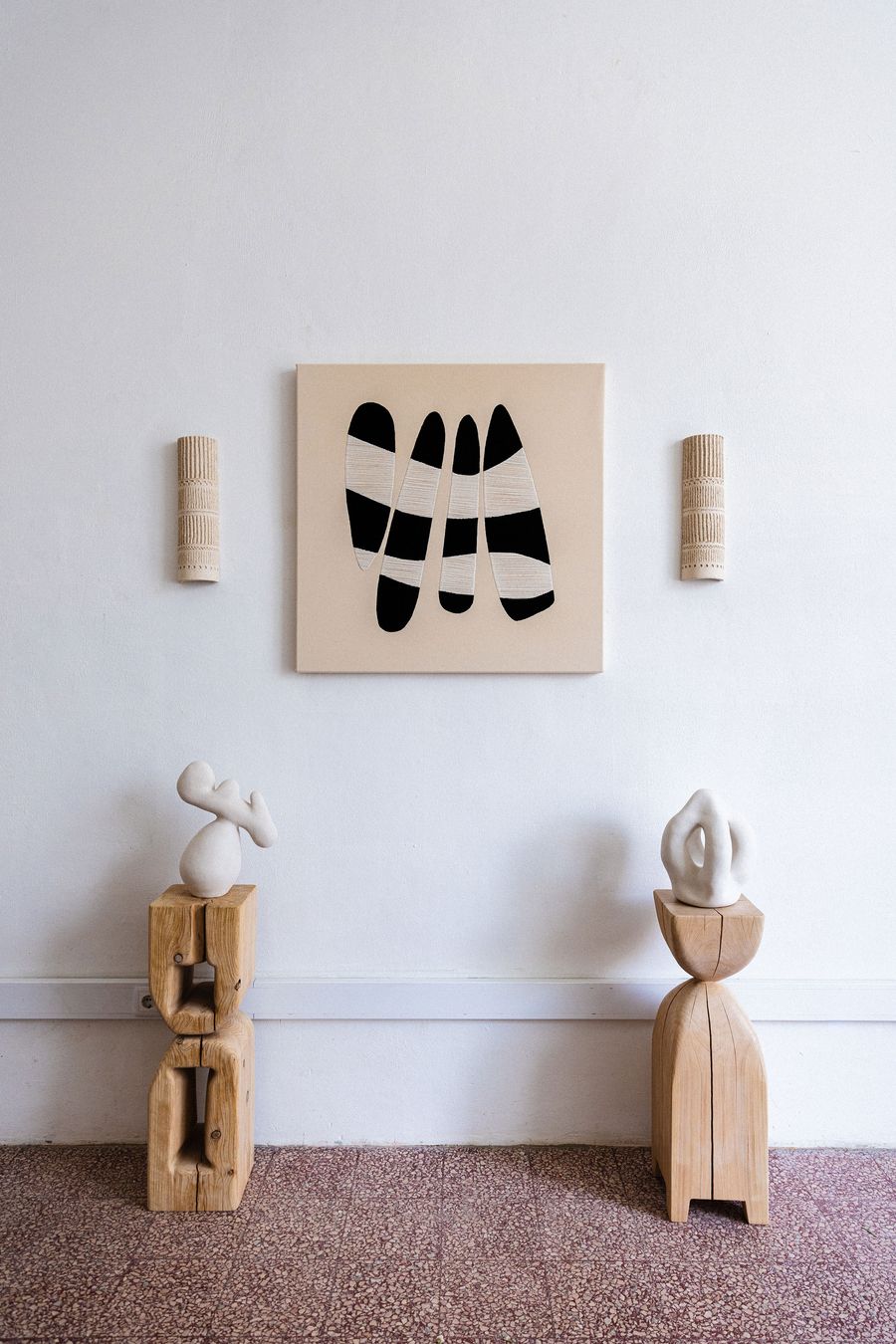
Studio Mirante. Photography by Sirence Studios.

Project by Gorvell. Part of “O Tempo do Fazer” exhibition at Casa do Jardim da Estrela. © Gorvell.
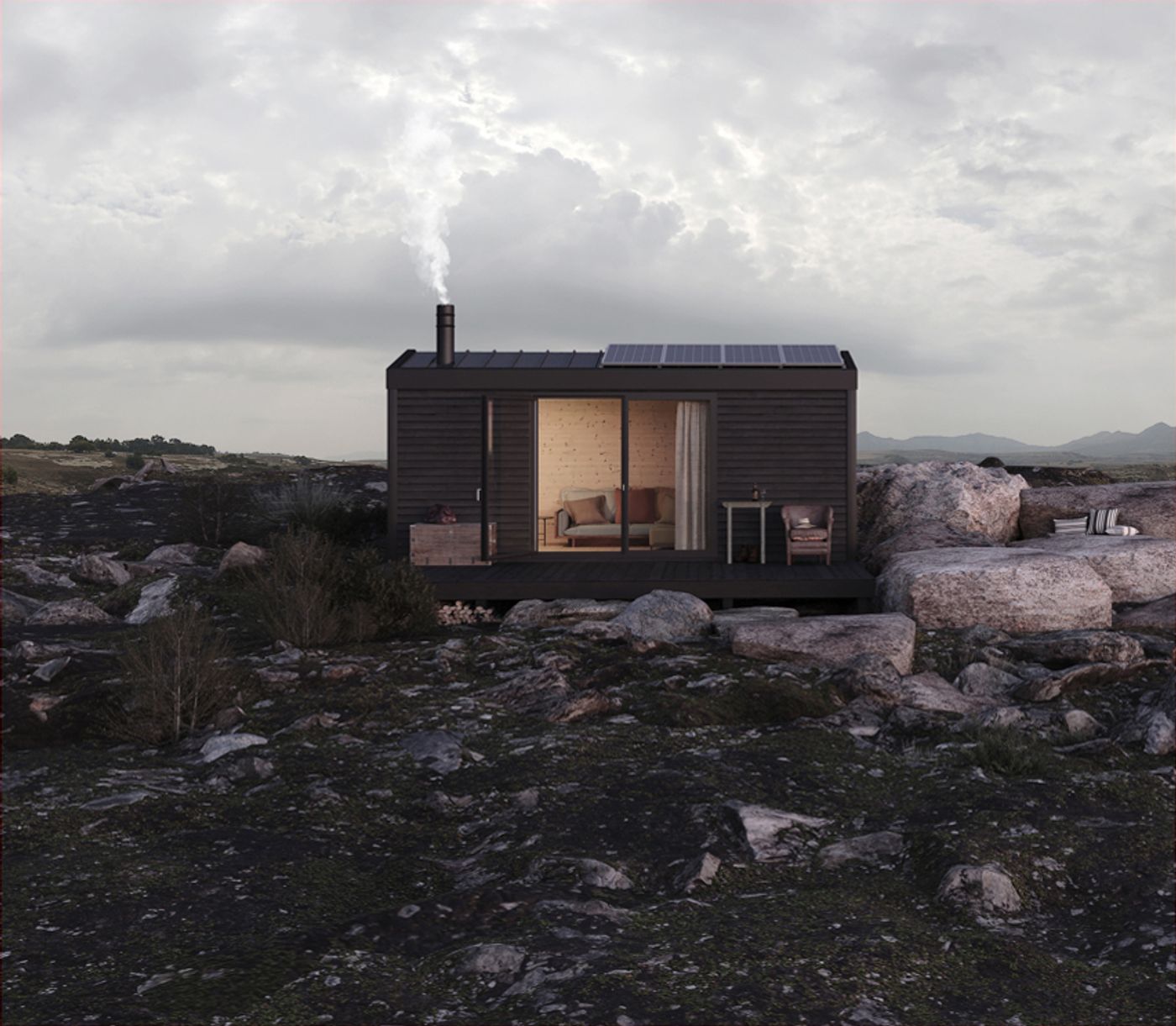
Modular cabin by Pedrêz. Part of “O Tempo do Fazer” exhibition at Casa do Jardim da Estrela. © Pedrêz.

Studio Mirante. Photography by Sirence Studios.
